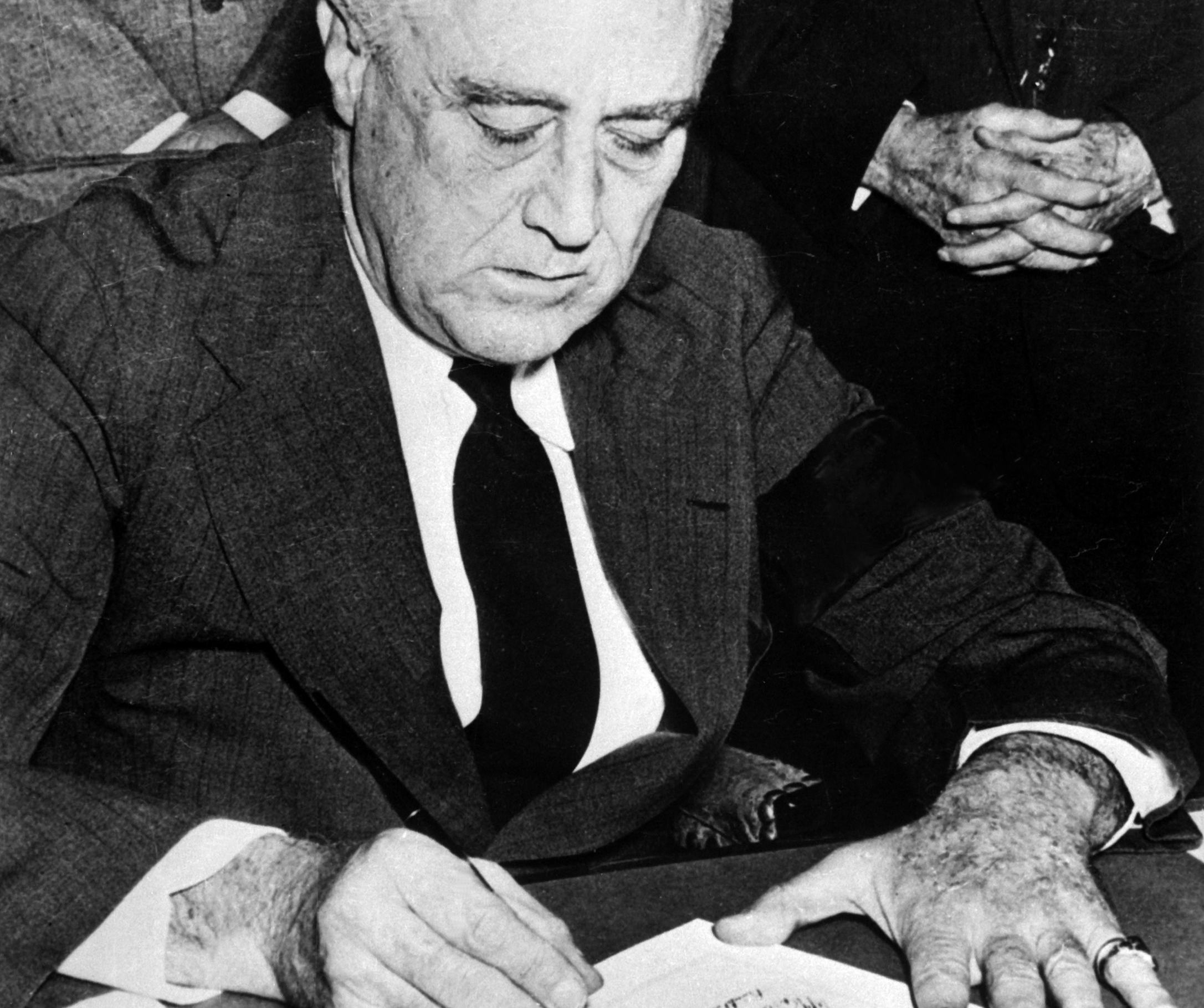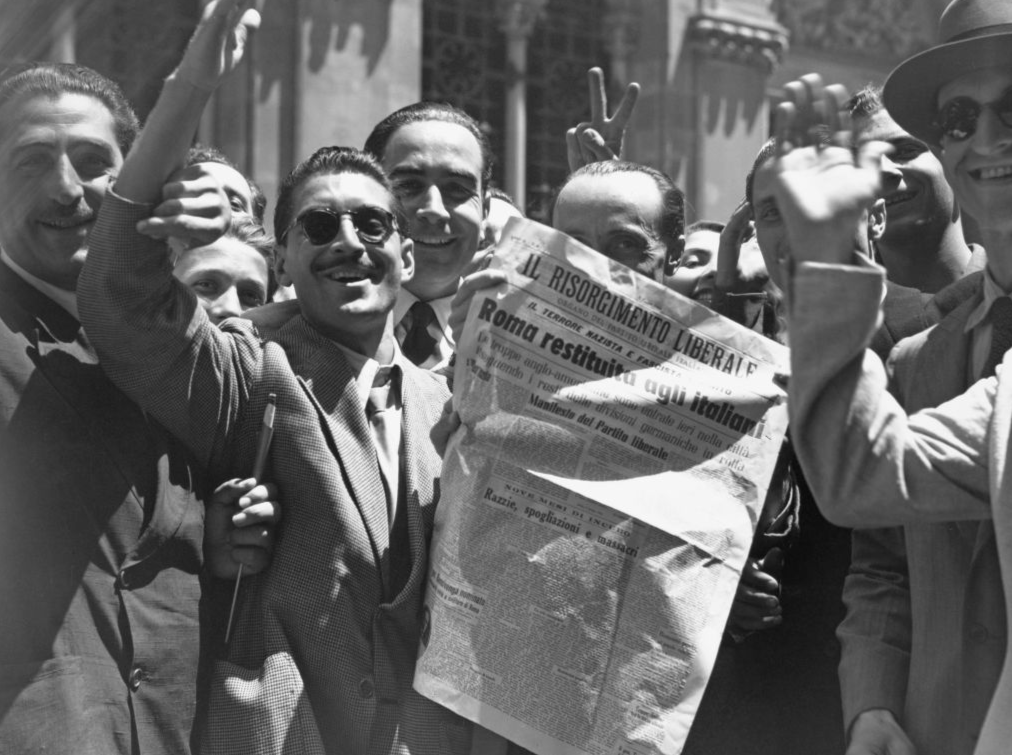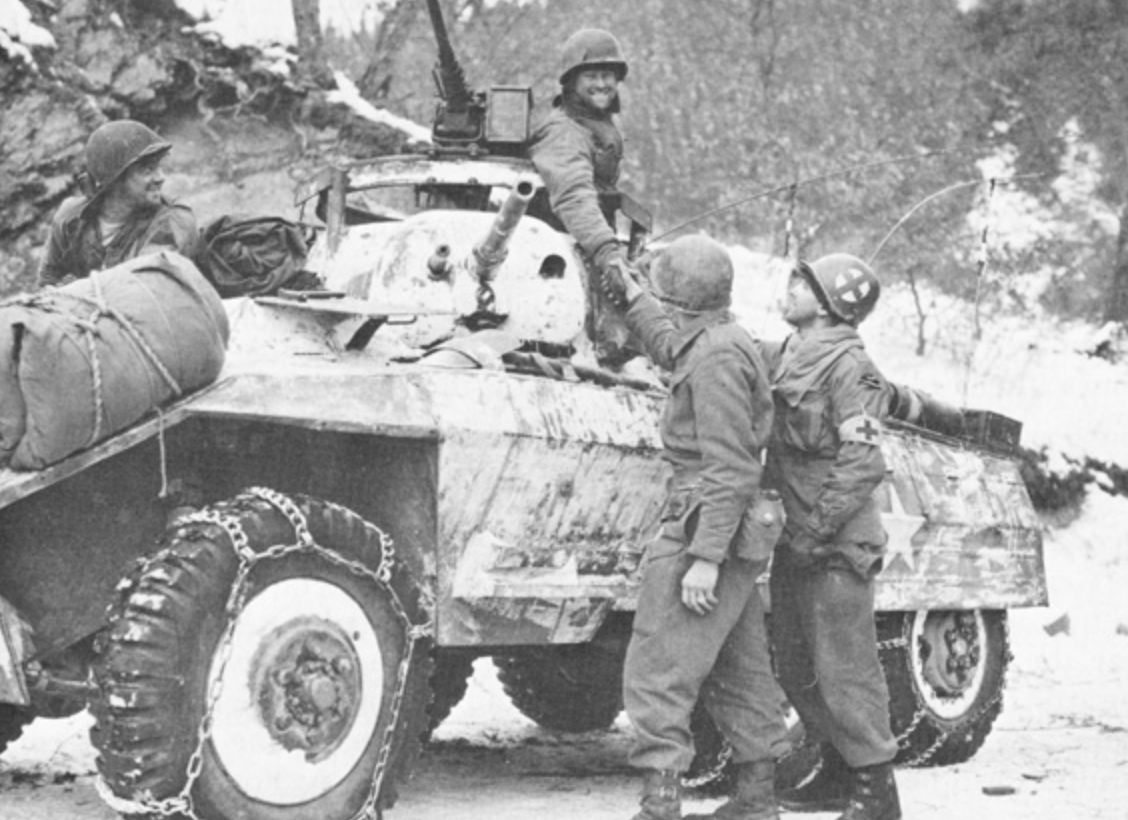The Most Important Events Of WWII
At the conclusion of The Great War (1914-1918), there appeared to be a collective agreement that never again would the nations of the world engage in conflict on such a scale. "The war to end wars" was the phrase used at the time. Unfortunately, that wasn't to be as in 1939, World War II began. Let's examine one of history's most brutal conflicts.
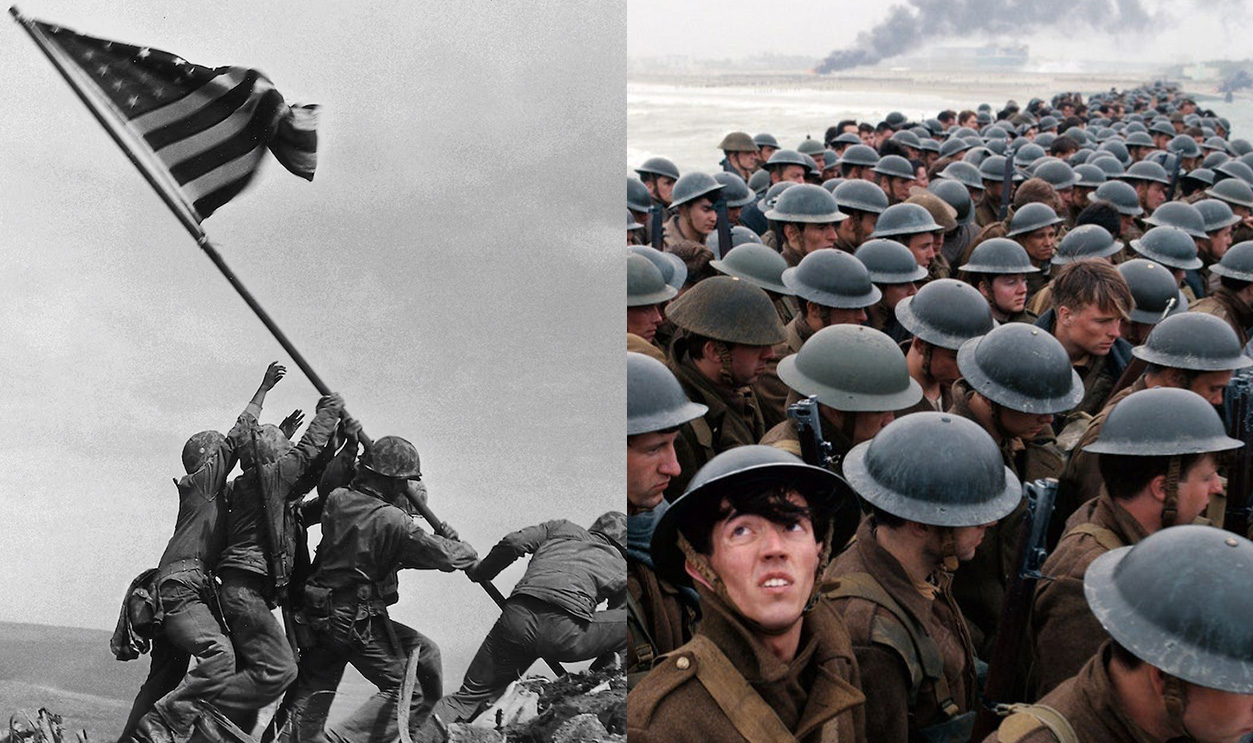
Japanese Invasion Of Manchuria
Japan had been steadily annexing territory from China in the 1920s and this culminated in 1931, when the Japanese Army invaded the Chinese territory of Manchuria. This immediately followed the Mukden incident—a false flag operation staged by the Japanese to give a pretext to invade the Chinese mainland.
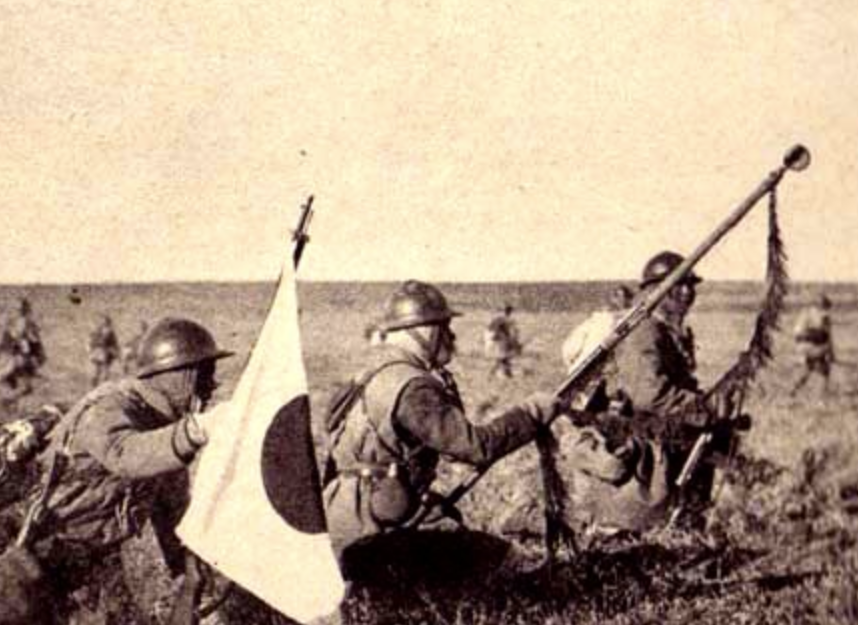 Tokyo Nichinichi Shimbun, Wikimedia Commons
Tokyo Nichinichi Shimbun, Wikimedia Commons
Adolf Hitler Is Appointed German Chancellor
The prelude to WWII began on January 30, 1933 when Adolf Hitler was appointed German Chancellor. Taking on the title of " Führer", meaning "leader", his rule began when the Nazi Party won electoral victories across much of the Weimar Republic, the post-conflict name for the territory of Germany following the dissolution of the German Monarchy on November 9, 1918.
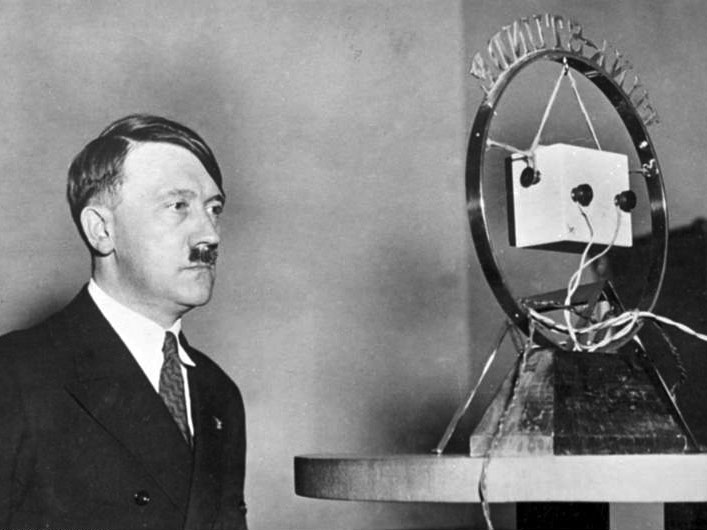 Unknown Author, CC BY-SA 3.0 DE, Wikimedia Commons
Unknown Author, CC BY-SA 3.0 DE, Wikimedia Commons
The Anschluss Of Austria
On March 12, 1938, Austria was re-annexed into the German Reich. This followed two decades of a loss of Austrian territory, as well as the banning of a union between the two nations, and the banning of the name "German-Austria", after the Treaty of Versailles. The Anschluss of Austria was one of Hitler's first territorial victories of his reign, without firing a shot.
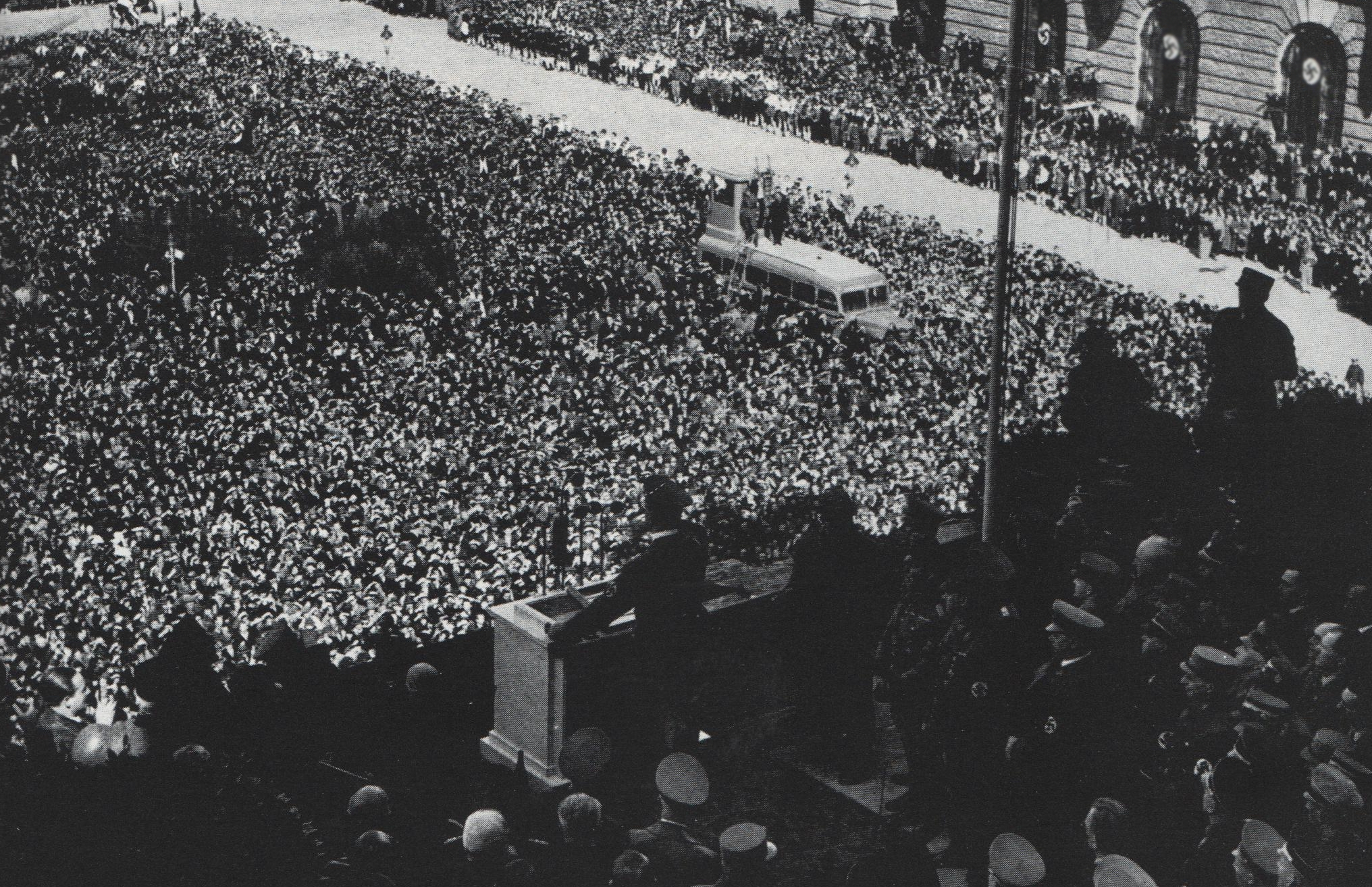 Heinrich Hoffmann, Wikimedia Commons
Heinrich Hoffmann, Wikimedia Commons
Sudeten Germans Seek Autonomy
Following the annexation of Austria, the Führer made himself the representative of ethnic Germans living in Czechoslovakia. In April of 1938, protests by German Nazis in Czechoslovakia began; they demanded total equality between the "Sudeten Germans", or Germans living in Czechoslovakia, and Czech citizens.
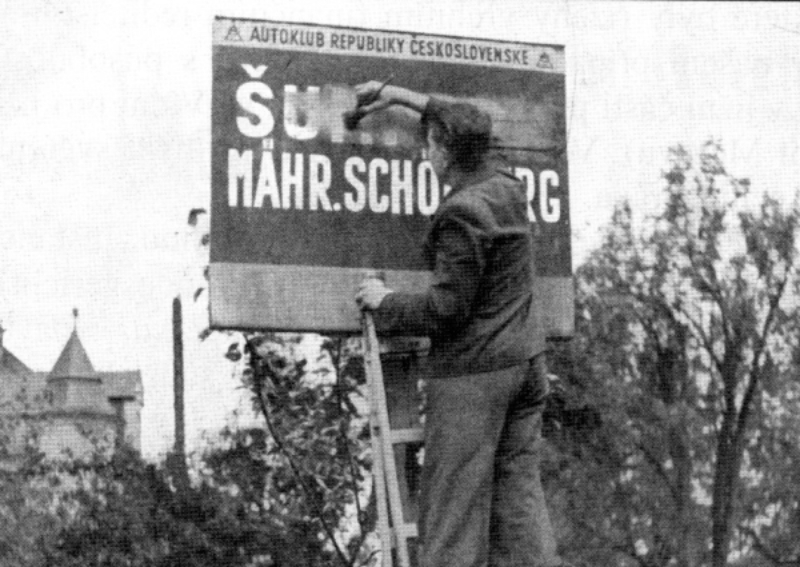 Unknown author, Wikimedia Commons
Unknown author, Wikimedia Commons
The Führer Demands The Sudetenland
People in the region known as "the Sudetenland"—an area of Czechoslovakia where roughly 80,000 ethnic Germans lived—had a new champion in Adolf Hitler, who demanded the Sudetenland be transferred to the German Reich. The alternative? Europe could face another war.
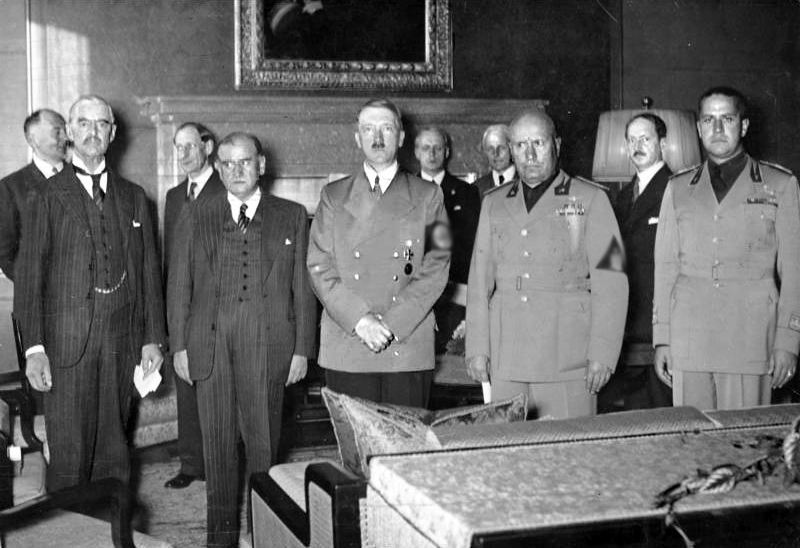 Bundesarchiv, Bild, CC BY-SA 3.0 DE, Wikimedia Commons
Bundesarchiv, Bild, CC BY-SA 3.0 DE, Wikimedia Commons
Germany Acquires The Sudetenland—Without Firing A Shot
British Prime Minister Neville Chamberlain was keen to avoid further conflict with the German Reich and so went to meet the Führer on September 15, 1938 to discuss the Sudetenland and the possibility of transferring control to Germany. The French Prime Minister, Édouard Daladier, did the same three days later. Without a Czech representative, or apparently any consultation whatsoever, the Germans acquired the Sudetenland.
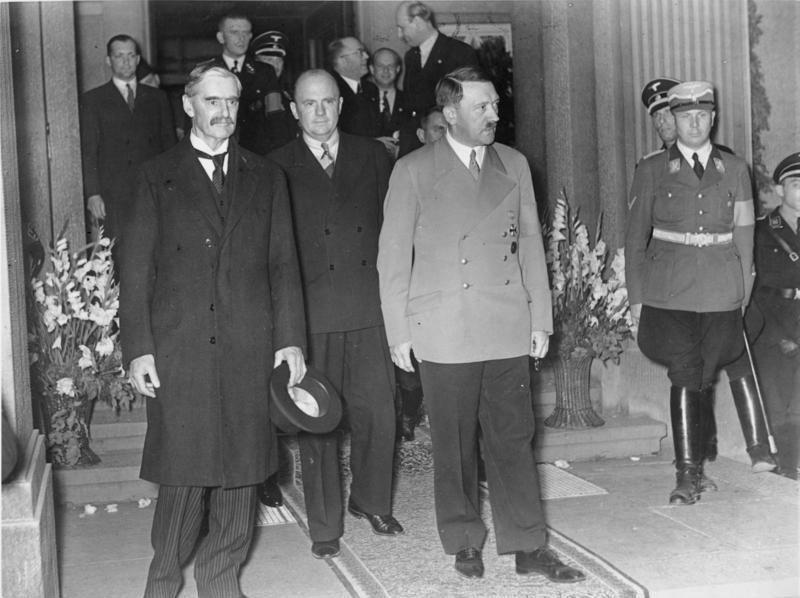 Bundesarchiv, Bild, CC BY-SA 3.0 DE, Wikimedia Commons
Bundesarchiv, Bild, CC BY-SA 3.0 DE, Wikimedia Commons
The Munich Agreement
On September 26, 1938, the Führer made a speech in Berlin, demanding that Czechoslovakia officially surrender the Sudetenland to Germany, claiming it was "the last territorial demand I have to make in Europe". Hitler gave the Czechs a deadline of 2pm on September 28th to make the cessation official. One day later, German, Italian, French and British representatives signed the Munich Agreement to officially cede the territory to the Germans.
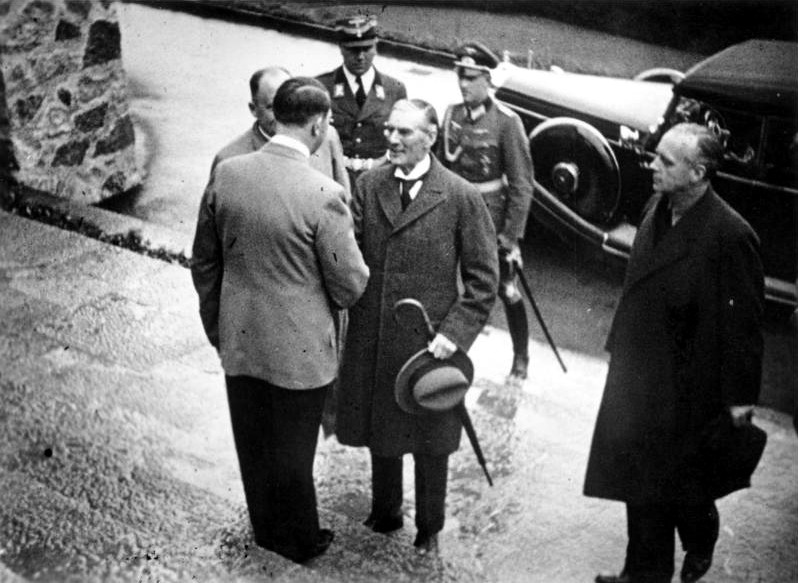 Bundesarchiv, Bild, CC BY-SA 3.0 DE, Wikimedia Commons
Bundesarchiv, Bild, CC BY-SA 3.0 DE, Wikimedia Commons
Germany Invades Czechoslovakia
On March 18, 1939, Germany invaded Czechoslovakia—marching through the Sudetenland and establishing Slovakia as a protectorate of Germany. Pre-March 1939, Neville Chamberlain and other Western powers had a policy of appeasement toward Hitler. His invasion of Czechoslovakia effectively ended that policy. War was seemingly inevitable.
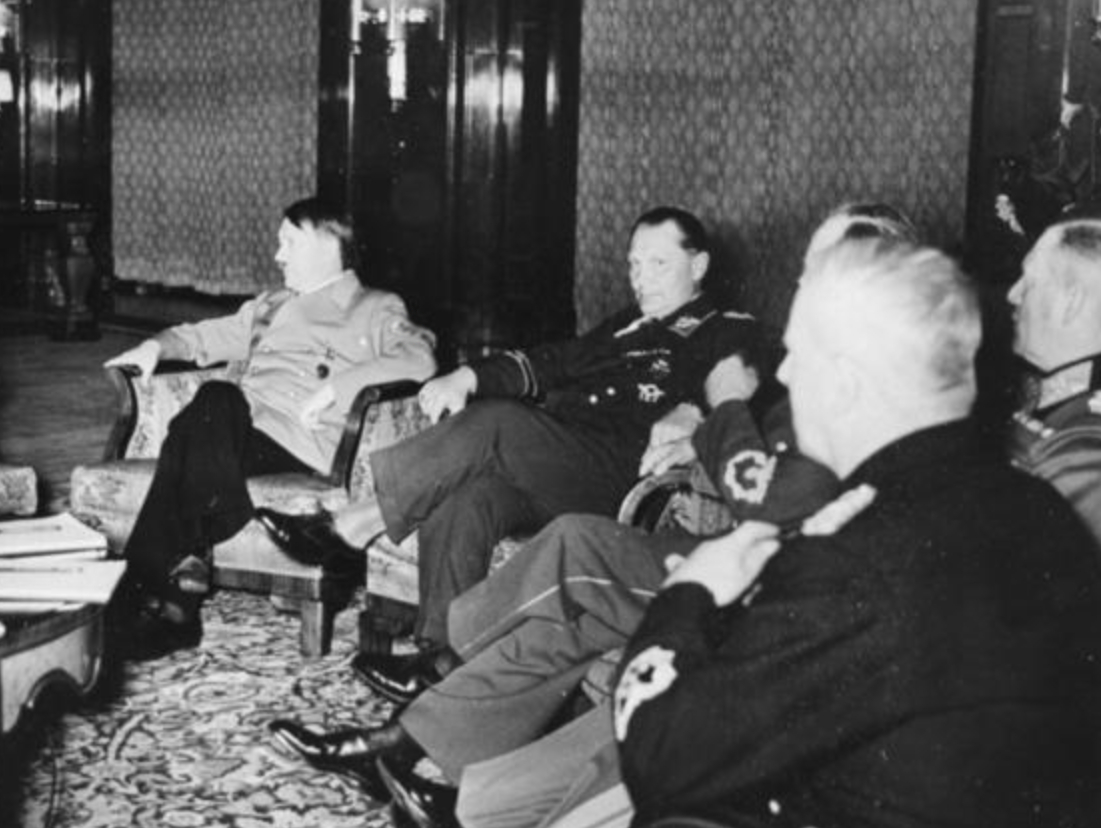 Bundesarchiv, B, CC BY-SA 3.0 DE, Wikimedia Commons
Bundesarchiv, B, CC BY-SA 3.0 DE, Wikimedia Commons

History's most fascinating stories and darkest secrets, delivered to your inbox daily.
Poland Worries They'll Be Next
While the British policy of appeasement toward Germany was over, the Polish people and government were worried that the Germans could target them next, seeing the ease with which they marched into Czechoslovakia. The British Prime Minister pledged that "His Majesty's Government would lend all its power at once" were Poland to be targeted by German aggression.
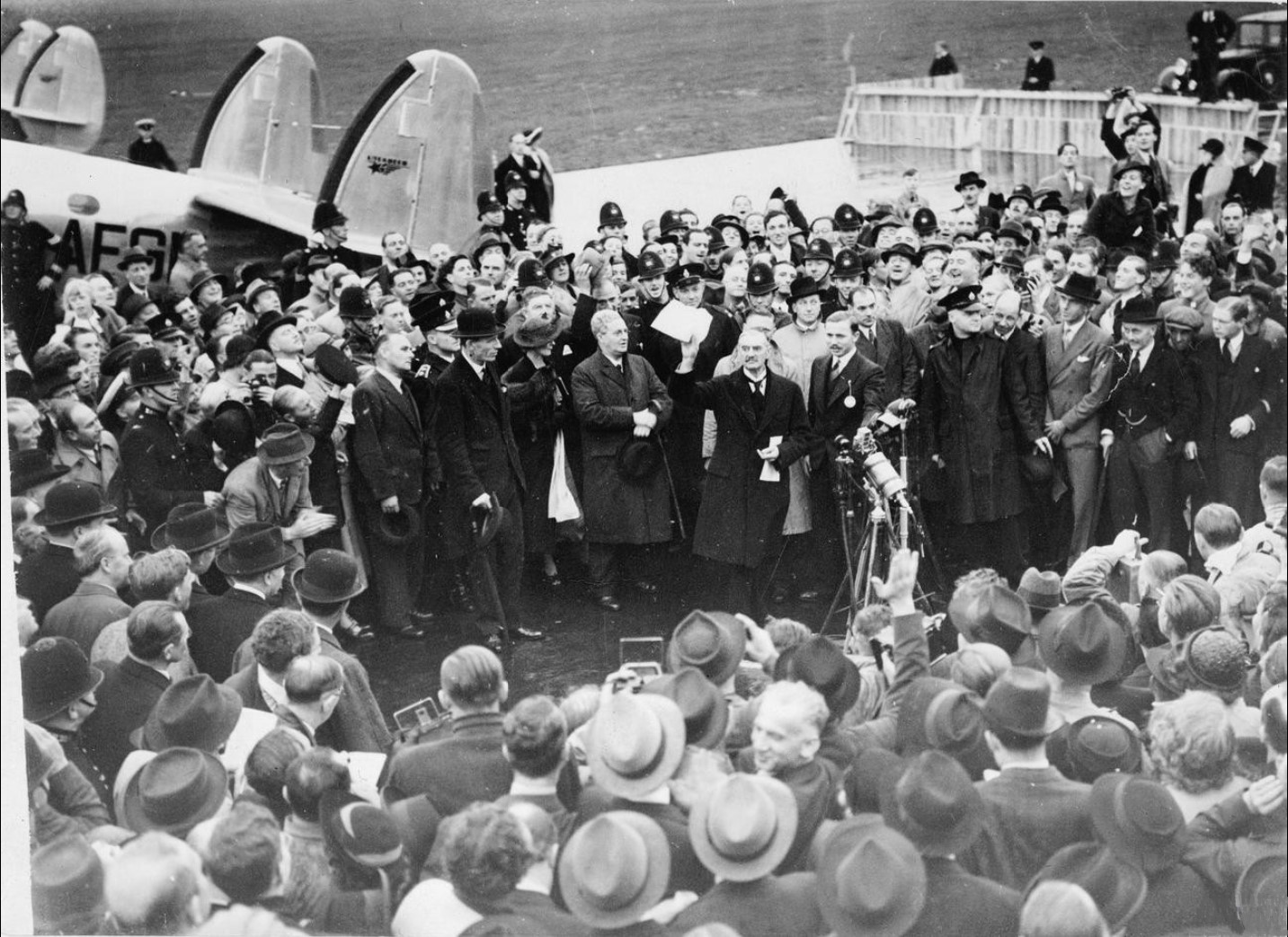 Ministry of Information official photographer, Wikimedia Commons
Ministry of Information official photographer, Wikimedia Commons
The Molotov-Ribbentrop Pact
The Molotov-Ribbentrop Pact was a pact of non-aggression between Germany and Russia, signed in the night between August 23rd and 24th. It was an act of secret diplomacy that divided the countries between Germany and Russia between the two powers—a preparation for a military invasion.
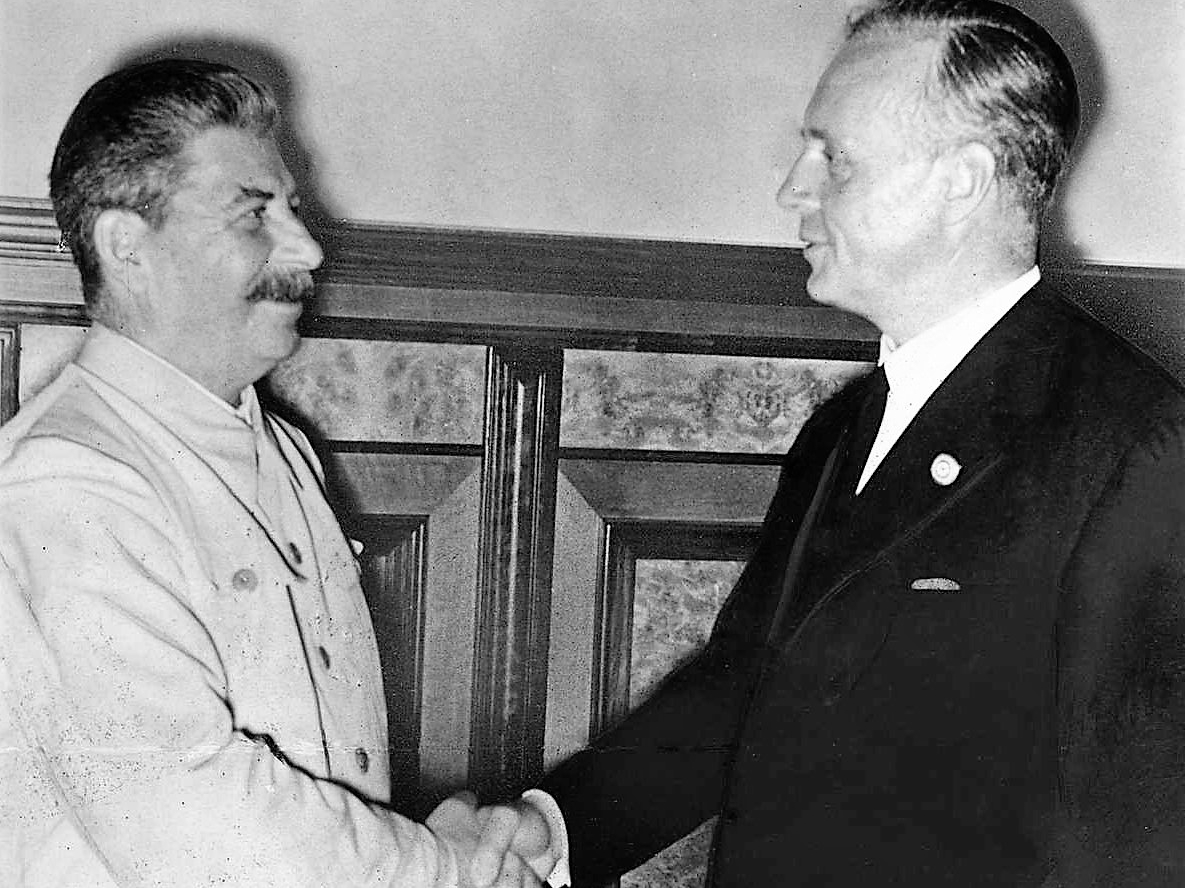 Bundesarchiv, Bild, CC BY-SA 3.0 DE, Wikimedia Commons
Bundesarchiv, Bild, CC BY-SA 3.0 DE, Wikimedia Commons
Germany Invades Poland
Exactly what the Polish people had feared had come to pass. Germany invaded Poland on September 1, 1939 following the Gleiwitz Incident—a false flag operation whereby German officers dressed in Polish military uniforms seized the radio tower in Gliwice, Poland and broadcast an anti-German message. It was one of a number of false flag operations by the SS during the early part of the conflict, used as a pretext to invade Poland.
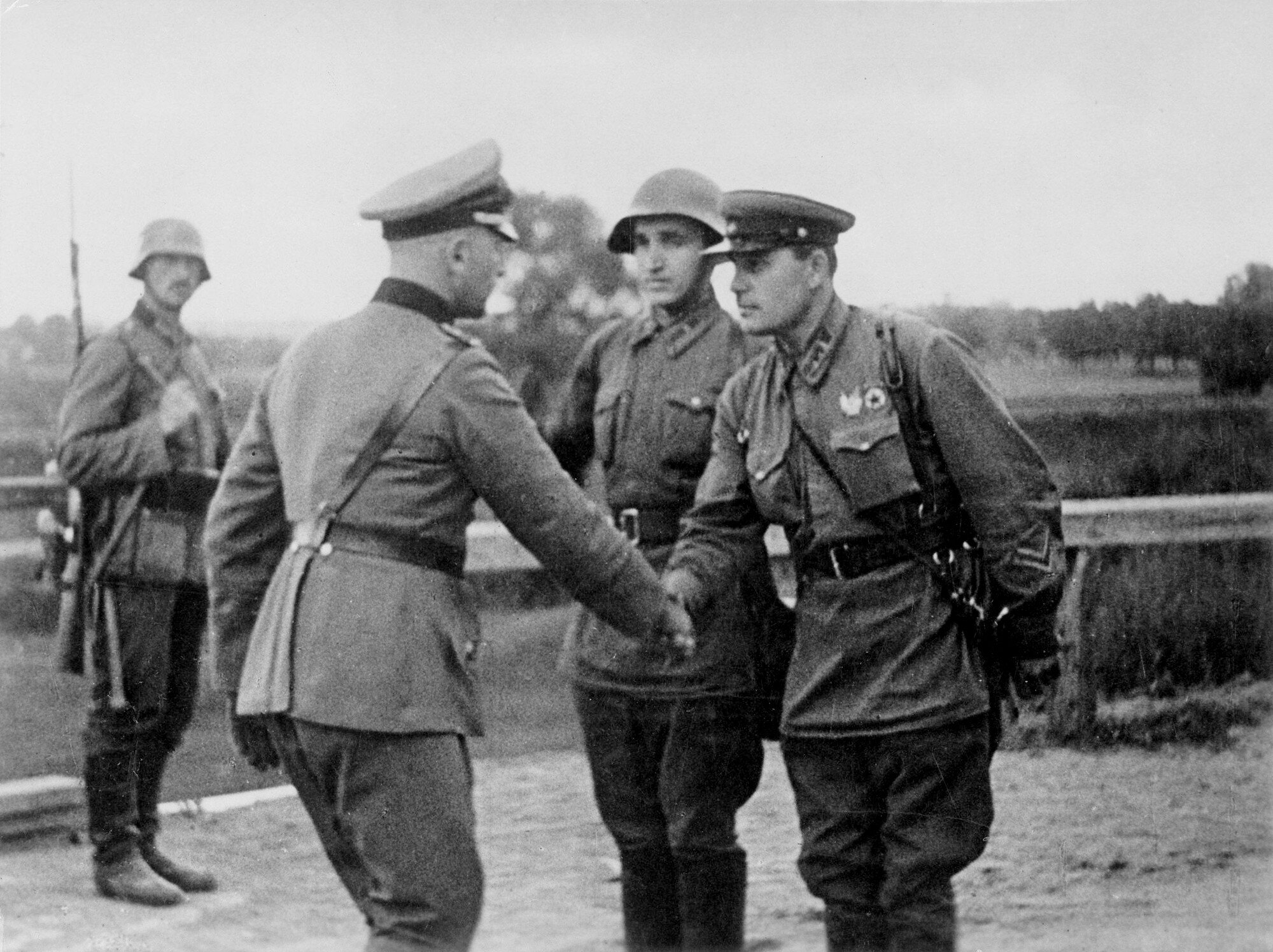 Unknown Author, Wikimedia Commons
Unknown Author, Wikimedia Commons
Another World War Looms
Following the invasion of Poland and the realization that the Munich Agreement had been a Hitlerian lie of epic proportions, Britain and France declared war on Germany on September 3, 1939.
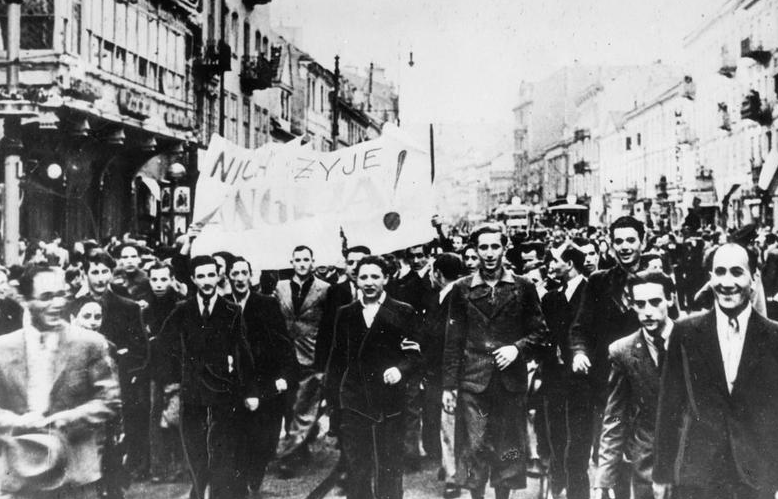 Associated Press photographer, Wikimedia Commons
Associated Press photographer, Wikimedia Commons
The Phoney War Period
The Phoney War was an eight-month period at the outset of the conflict, whereby no military hostilities between Germany, France, or Britain took place. There was much posturing and "wars of words", but little by way of direct military action—except for a naval blockade of Germany and the sinking of belligerent merchant vessels that were disguised as civilian in nature.
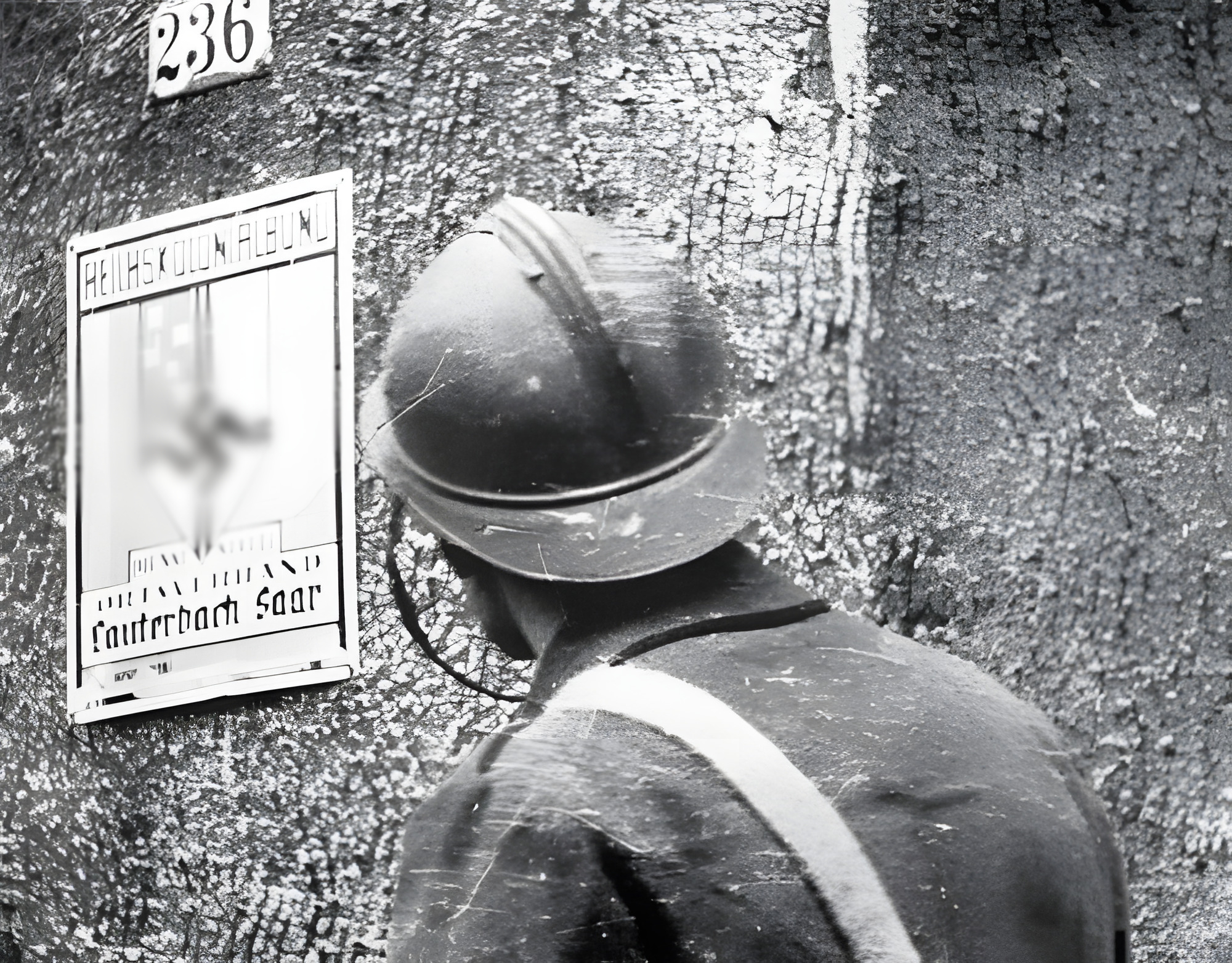 Service Cinématographique des Armées, Wikimedia Commons
Service Cinématographique des Armées, Wikimedia Commons
The Winter War
The Soviet Union—acting on the guarantees made in the Molotov-Ribbentrop Pact, first invaded Poland two weeks after the Führer had done so, then invaded Finland in a period known as The Winter War—lasting through the winter of 1939 and into the Spring of 1940. The Winter War ended when Finland ceded 9% of its territory to Moscow.
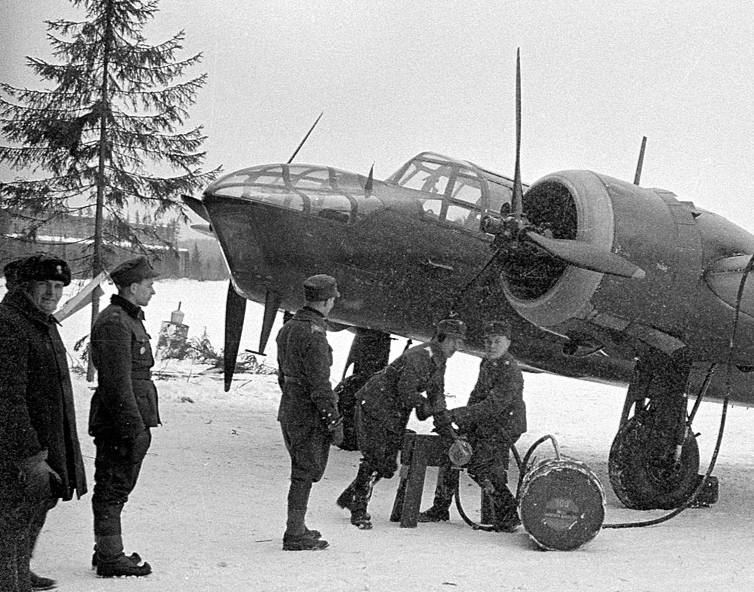 Unknown Author, Wikimedia Commons
Unknown Author, Wikimedia Commons
Germany Invades Denmark
On April 9, 1940 at 4pm, the German ambassador to Denmark met with the Danish Foreign Minister to advise him that Germany was invading Denmark to protect them from an impending French and British assault. The ambassador demanded that the Danish resistance fighters stand down immediately, or else the Luftwaffe would bomb Copenhagen. The Foreign Minister agreed and Germany successfully invaded and occupied Denmark in six hours.
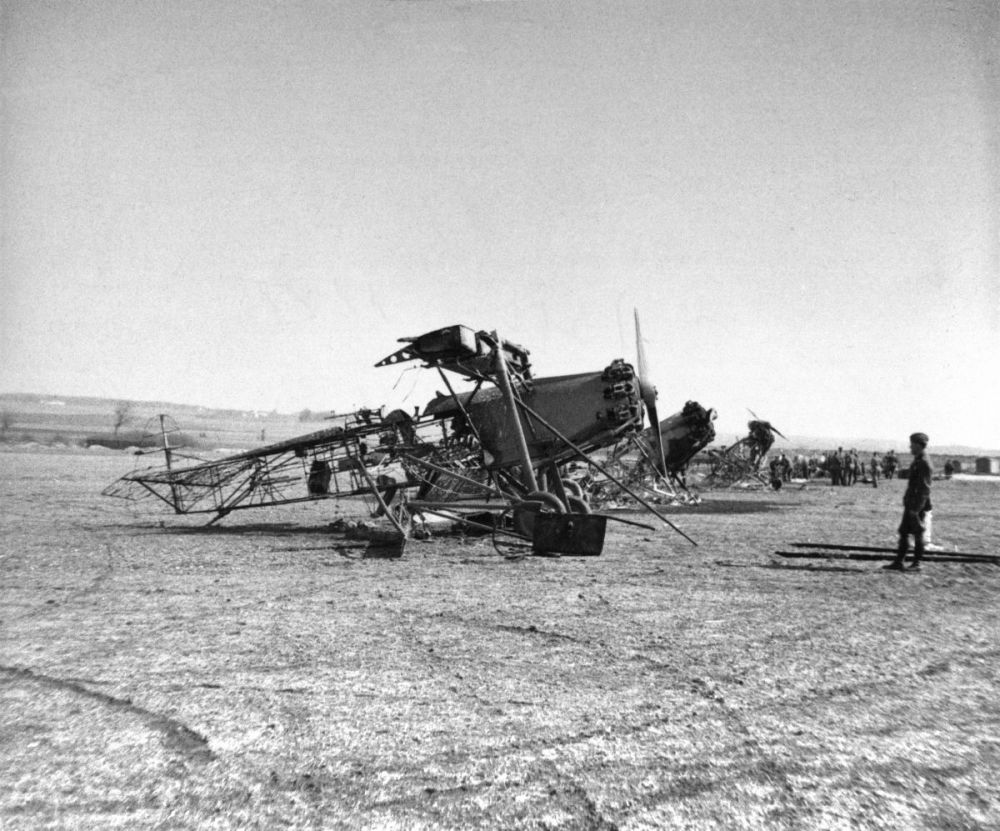 The Museum of Danish Reistance, Wikimedia Commons
The Museum of Danish Reistance, Wikimedia Commons
Germany Invades Norway
Another lynchpin in the German battle for control of Northern Europe came as Germany invaded Norway on the same day it invaded Denmark, first by sea, then by air—the Norwegian Royal Family and the Cabinet evacuated to London and remained there throughout the conflict, but a Norwegian illegitimate government took power. On June 9th, however, Germany completed the capture of Norway after a couple of months of fighting the remnants of the Norwegian Army and the British Royal Navy and RAF.
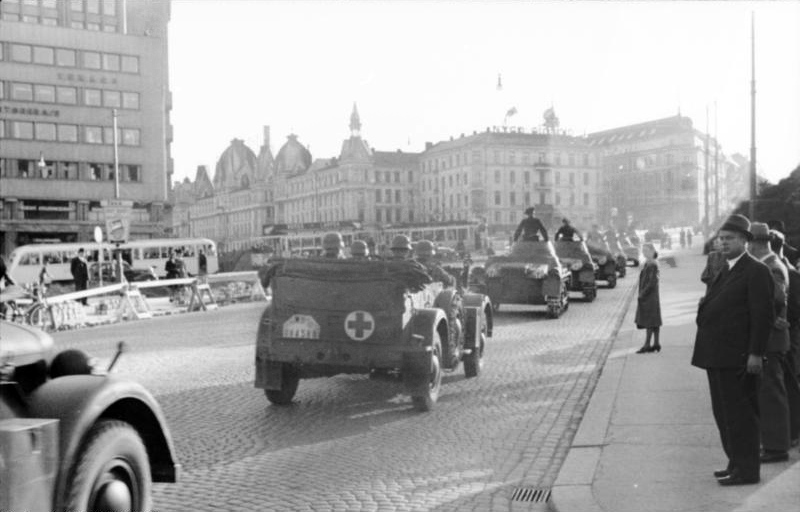 Möller, CC BY-SA 3.0 DE, Wikimedia Commons
Möller, CC BY-SA 3.0 DE, Wikimedia Commons
The Evacuation Of Dunkirk
Following the conquering of Norway and the subsequent invasion of France, the Netherlands and Belgium on May 10, 1940, British Expeditionary Force troops, along with Belgians and French troops, were encircled on the beaches of Dunkirk in the north of France. More than 338,000 troops were evacuated by British Royal Navy and civilian vessels in one of the greatest military feats in history.
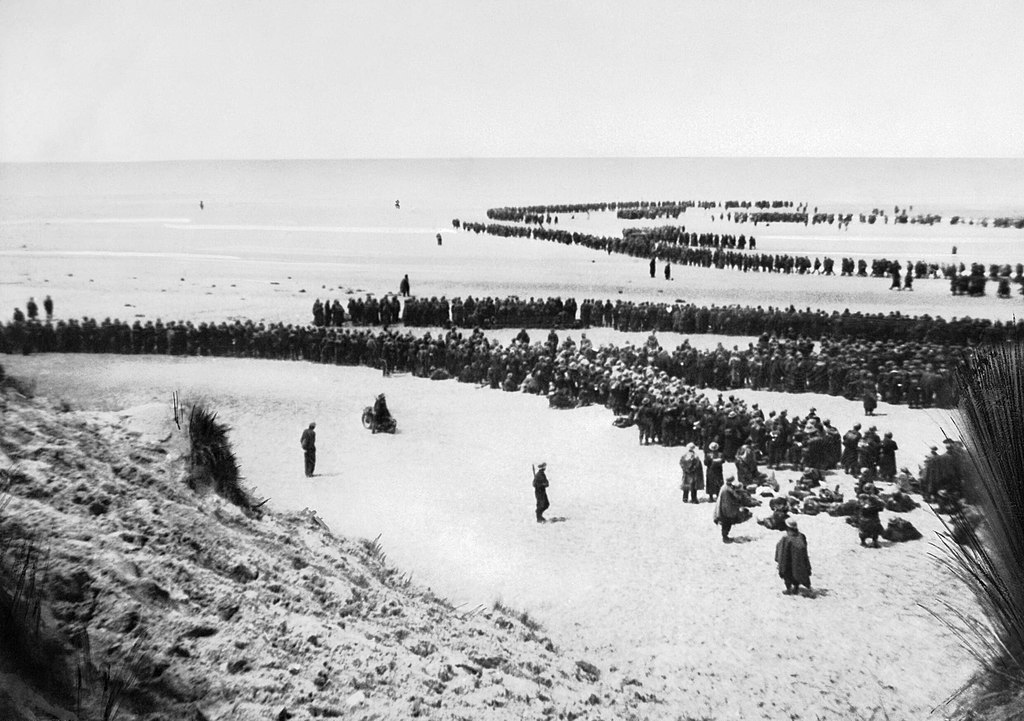 Unknown author, Wikimedia Commons
Unknown author, Wikimedia Commons
Italy Enters The Fray
Benito Mussolini's fascist Italian government entered WWII on the side of the Germans and Russians. Italy signed the "Pact Of Steel" with Germany and Japan, binding the two together in an alliance that would last until 1943, when Italy withdrew its support.
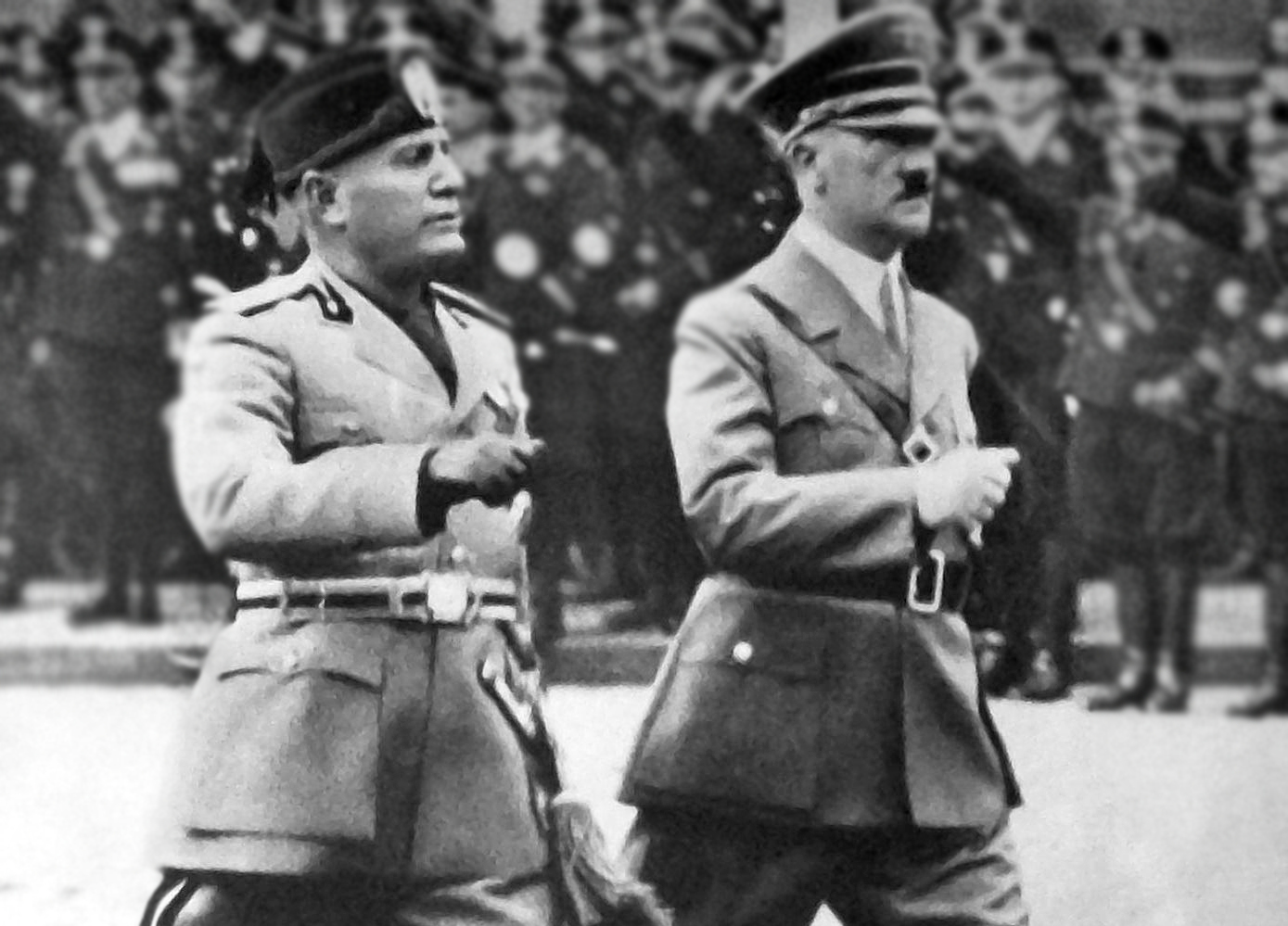 Ladislav Luppa, Wikimedia Commons
Ladislav Luppa, Wikimedia Commons
The Battle Of Britain
Overlapping with The Blitz was the Battle of Britain—lasting from the 10th of July to October 16, 1940, this was a sustained conflict between the RAF and the Royal Navy's Fleet Air Arm against the German Luftwaffe. Intended to break the British spirit, the Battle of Britain ended in a decisive RAF/FAA victory and concluded with the failure of Operation Sea Lion—Germany's failed attempt to invade Britain.
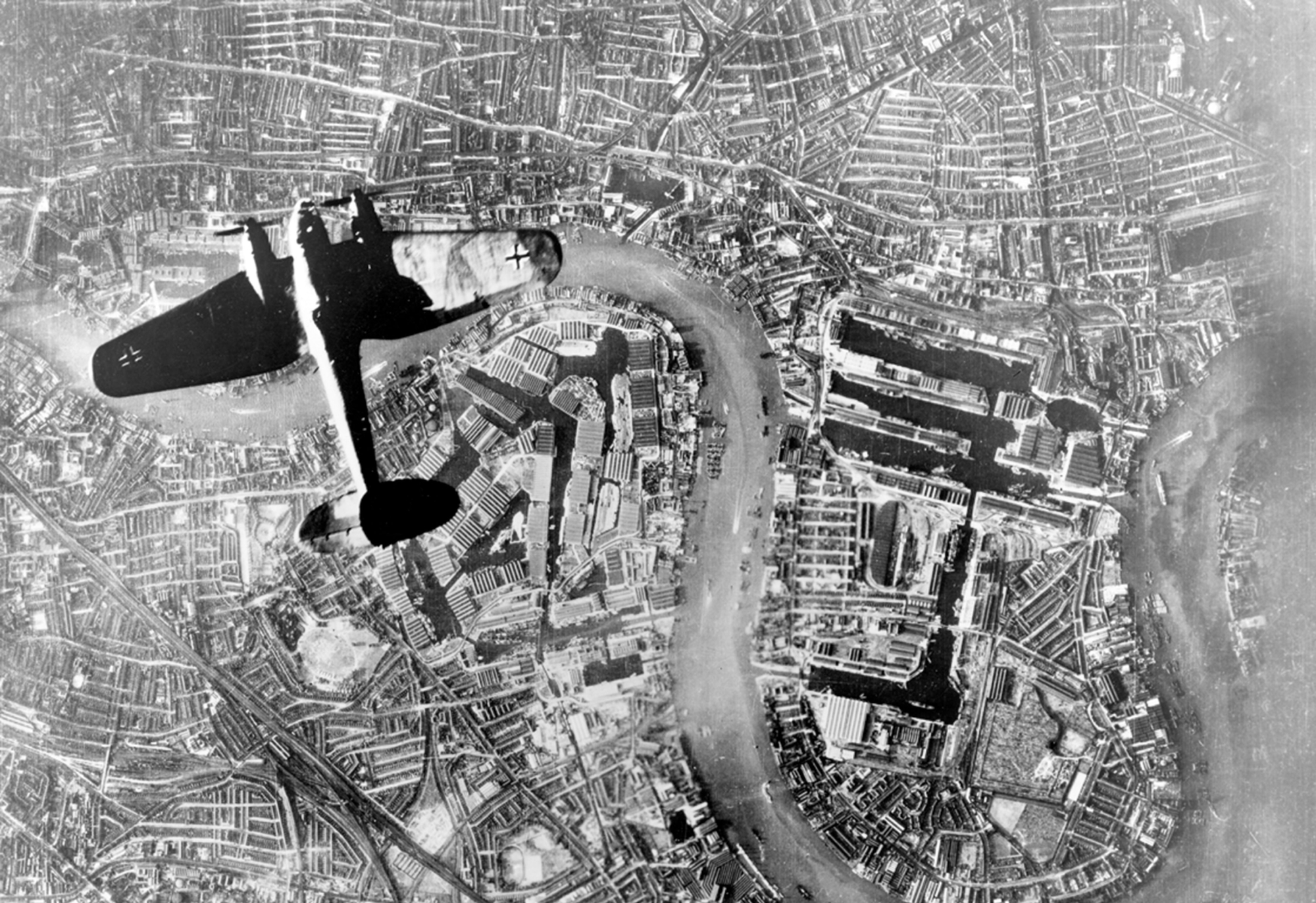 German Air Force photographer, Wikimedia Commons
German Air Force photographer, Wikimedia Commons
The Blitz
The Blitz, or Blitzkrieg, was an air raid campaign waged against Britain by the German Luftwaffe. Lasting eight months, German bomber aircraft blitzed towns and cities across the United Kingdom, indiscriminately targeting both civilians and military infrastructure and personnel.
 Unknown Author, Wikimedia Commons
Unknown Author, Wikimedia Commons
France Signs Armistice With Germany
The German occupation of France had been in full-swing for months and with the Allied withdrawal out of Dunkirk, the French were at the mercy of the Germans. To that end, the French government under Philipe Petain signed an armistice with Germany on June 22nd, and for the next several years, France was occupied.
 Frank Capra (film), Wikimedia Commons
Frank Capra (film), Wikimedia Commons
The British Defeat The Italians And Germans In North Africa
Despite being outnumbered almost four to one by the Italian and German forces, the British Eighth Army and the French Resistance defeated the Italian and German armies at Sidi Barrani in December of 1940. While the campaign in North Africa would continue for three more years, this heavy defeat set the tone for the campaign.
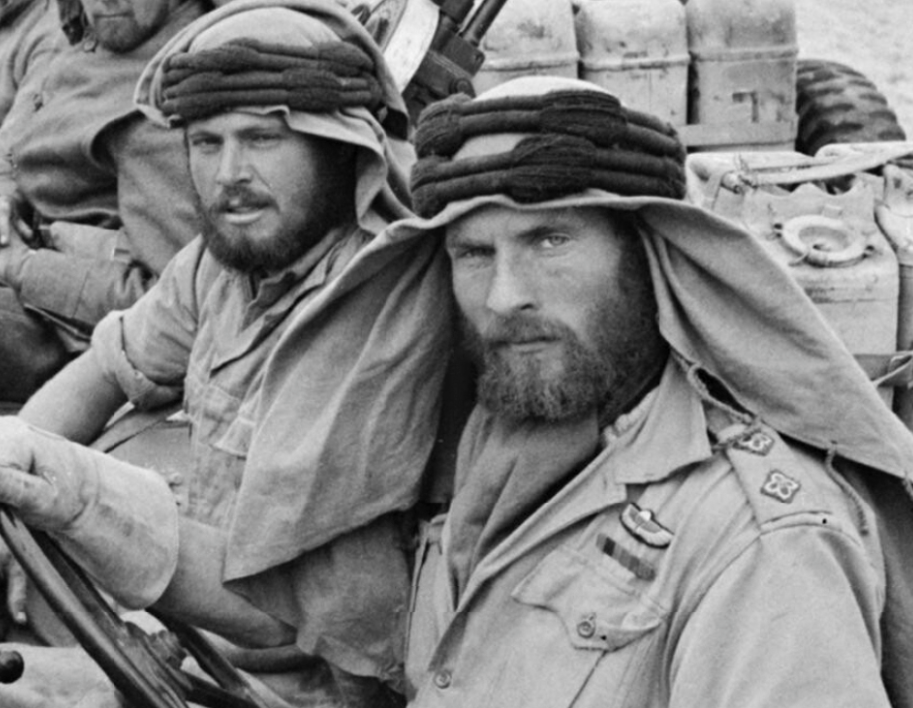 Keating (Capt) No 1 Army Film & Photographic Unit, Wikimedia Commons
Keating (Capt) No 1 Army Film & Photographic Unit, Wikimedia Commons
Operation Barbarossa
Hot on the heels of the defeat of Operation Sea Lion, the loss of ground in North Africa, and reinvigorated British Expeditionary Forces and a French resistance with a renewed joie-de-vivre, Hitler launched an invasion of Germany's ally, the Soviet Union. Operation Barbarossa began on June 22, 1941 as millions of German troops marched across the Romanian border into the Soviet Union. The Führer had played his card.
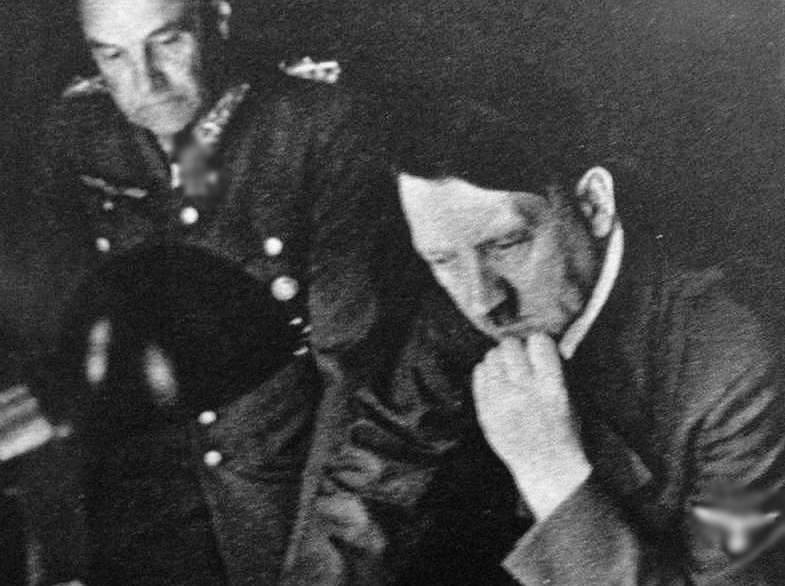 Unknown Author, Wikimedia Commons
Unknown Author, Wikimedia Commons
Pearl Harbor Attacked
The Japanese Imperial Navy Air Service attacked Pearl Harbor, an American naval base, at 7:42am on December 7, 1941. This attack was preceded by months of negotiations between the United States and Japan over American sanctions on Japan, American aid to China in the second Sino-Japanese War, and Japanese interest in the East Indies.
American And British Governments Declare War On Japan
The attack at Pearl Harbor opened a new theater of conflict for both the American and British governments, as both declared war on Japan on December 8, 1941.
Battle Of Midway
The Battle of Midway was a naval battle between the United States and the Japanese Imperial Navy in the North Pacific Ocean, off the Midway Atoll. It began on June 4, 1942 and ended in a decisive American victory on June 7th. The Battle of Midway resulted in the sinking of four Japanese carriers and one heavy cruiser, and irreparable damage to two destroyers. The Americans downed 248 Japanese aircraft and killed a total of 3,057 Japanese sailors and airmen.
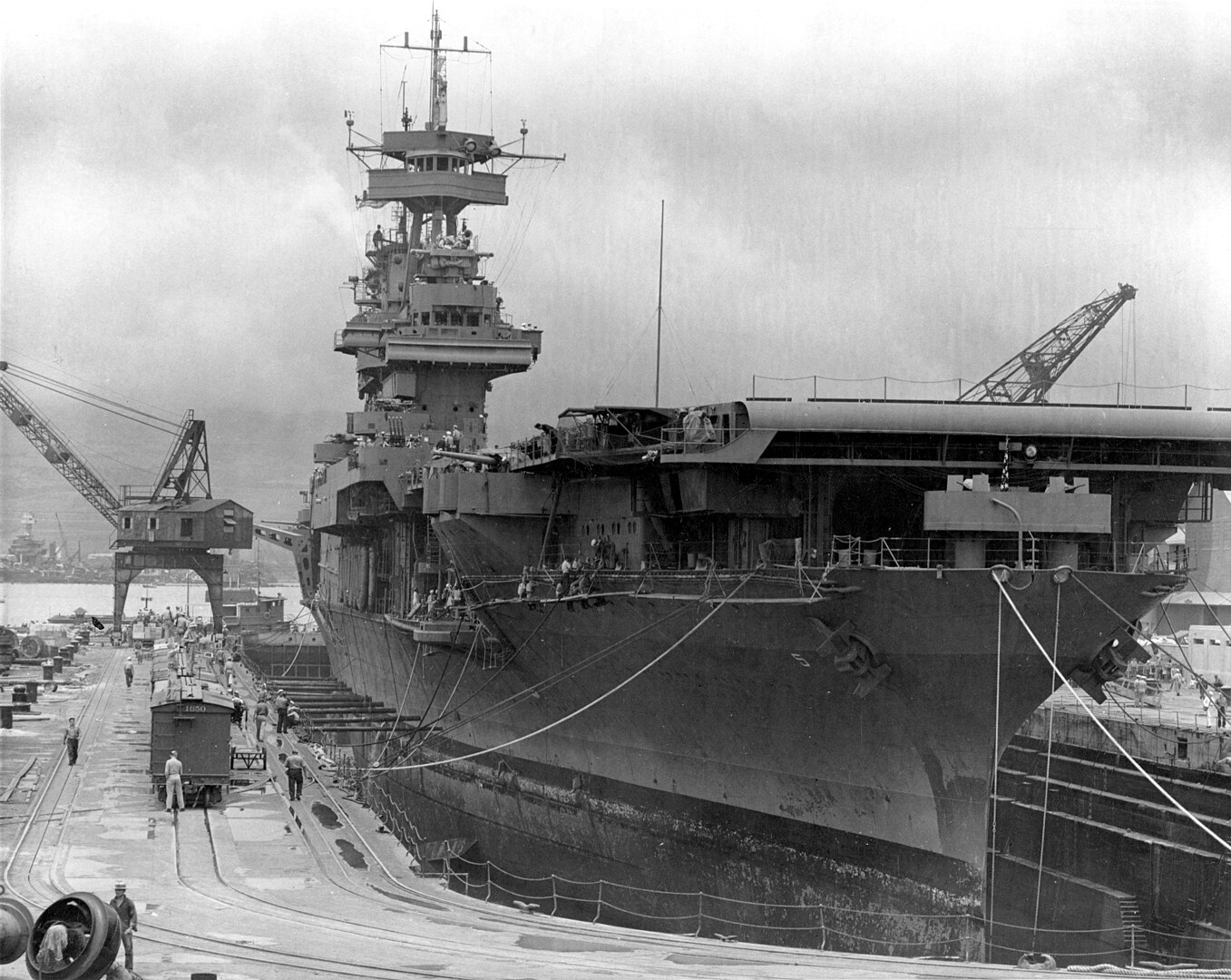 Naval History & Heritage Command, Wikimedia Commons
Naval History & Heritage Command, Wikimedia Commons
Battle Of El Alamein
After making headway during the first Battle of El-Alamein and stopping Axis' advance into Egypt, the Allies took the Second Battle of El-Alamein, in El-Alamein, Egypt, as an opportunity to halt the Italian and German campaigns in North Africa. Lasting just two weeks, the battle was a crushing defeat for the German panzer divisions, forcing the Axis parties to retreat from Egypt and Libya entirely.
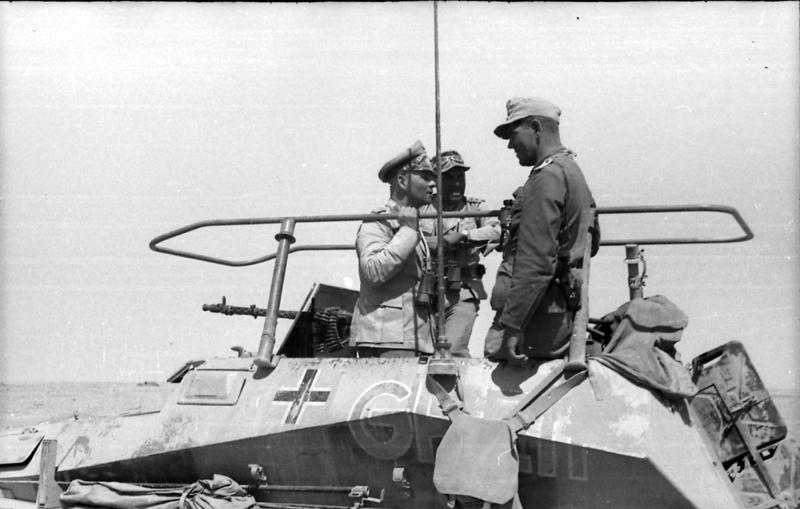 Zwilling, Ernst A., CC-BY-SA 3.0, Wikimedia Commons
Zwilling, Ernst A., CC-BY-SA 3.0, Wikimedia Commons
Battle Of Stalingrad
The Battle of Stalingrad was one of the pivotal moments of the conflict in Europe. Fighting in the streets of Stalingrad, Russia for eight months between July 1942 and February 1943, a depleted and desperate German Army took on their former Soviet friends. Resulting in more than 2 million Soviet Russian casualties and more than 1 million German casualties, the Battle of Stalingrad is one of the deadliest battles of WWII.
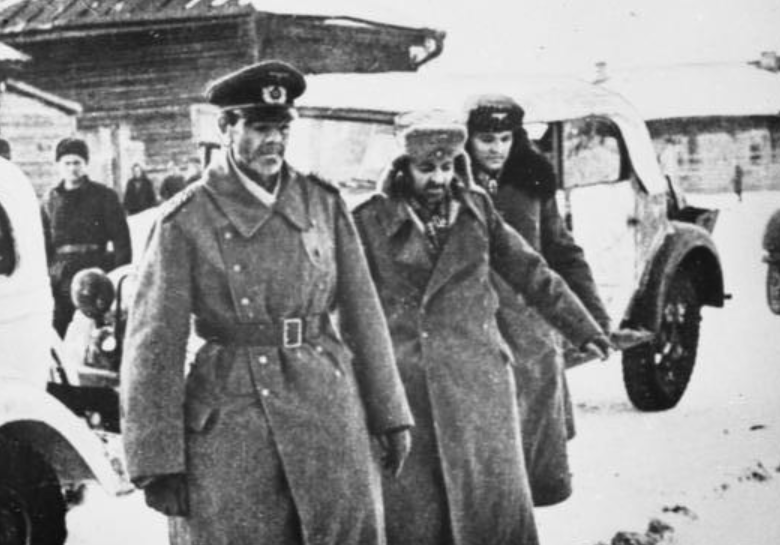 Bundesarchiv, Bild, CC-BY-SA 3.0, Wikimedia Commons
Bundesarchiv, Bild, CC-BY-SA 3.0, Wikimedia Commons
Axis Powers Surrender In North Africa
Following the crushing defeat at El-Alamein, the Allies pushed further into Tunisia, eventually capturing the capital city of Tunis on May 7, 1943. Erwin Rommel, the German Field Marshal in charge of German North-African operations, was surrounded on all sides by British and American forces—the latter captured Bizerte, the final port in Axis hands in Tunisia, effectively putting an end to the North African campaign.
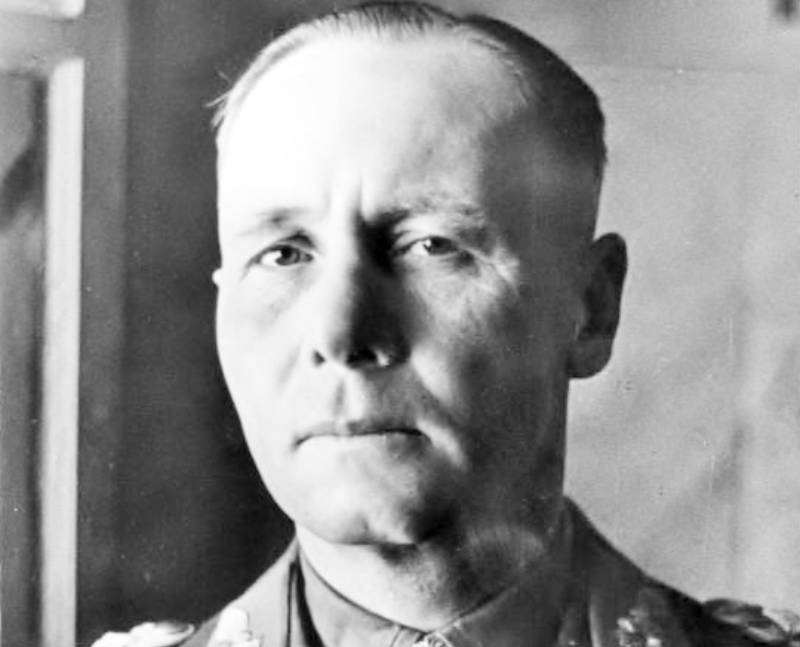 Bundesarchiv, Bild, CC-BY-SA 3.0, Wikimedia Commons
Bundesarchiv, Bild, CC-BY-SA 3.0, Wikimedia Commons
The Italians And Germans Surrender In North Africa
On May 13, 1943, German and Italian commanders surrendered Tunisia—and North Africa—to the Allies. Over 267,000 POWs were captured.
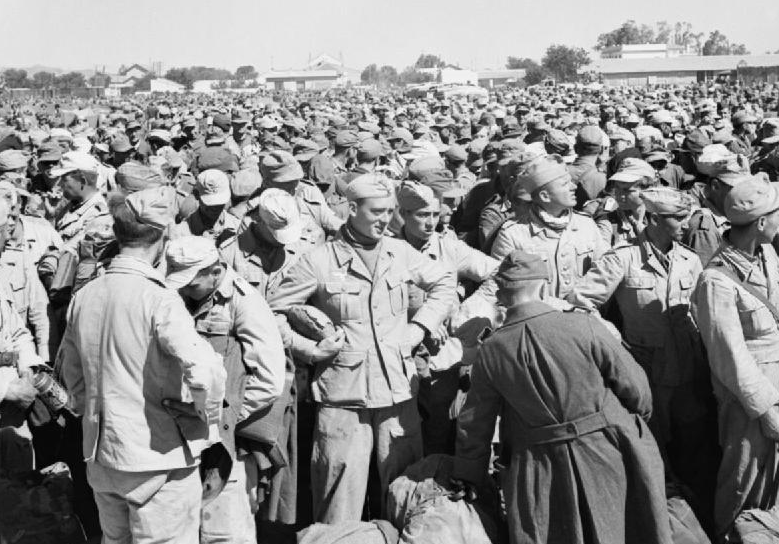 Lieutenant Whicker, Wikimedia Commons
Lieutenant Whicker, Wikimedia Commons
The Tehran Conference
In late November of 1943, Joseph Stalin, Winston Churchill, and Franklin D Roosevelt met in Tehran, Iran. It was the first time that the three leaders of the Allies had met in-person. The conference set the stage for the next phase of the conflict and the three countries made plans for a post-war world.
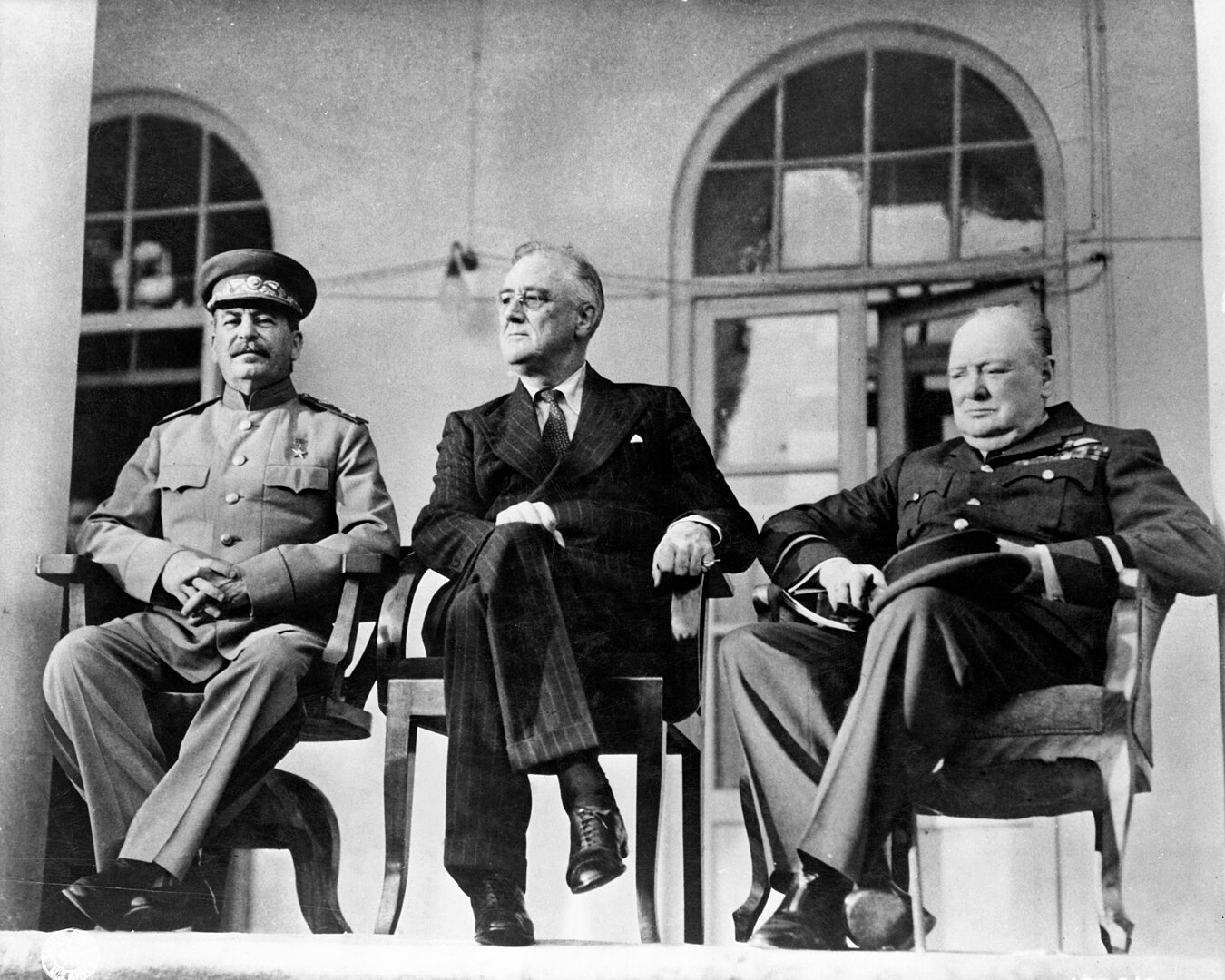 U.S. Signal Corps photo., Wikimedia Commons
U.S. Signal Corps photo., Wikimedia Commons
The Liberation Of Rome
By June of 1944, the Allies were firmly in control of much of Europe and the Soviet Union was doing a number on the Germans in Eastern Europe. The United States Fifth Army regiment liberated Rome, the heart of Fascist Italy, on June 5, 1944.
D-Day
One day following the Liberation of Rome, Allied Forces launched D-Day—also known as the Normandy Landings or Operation Neptune. In the largest seaborne invasion in military history, armies from across western Europe, led by Dwight D Eisenhower, would retake beaches in western France and set the stage for the liberation of Western Europe. 346,000 British, American, and Canadian troops landed on the beaches at Normandy, coming up against 50,000 German soldiers. The result was an Allied victory that changed the course of the war.
 National Archives and Records Administration, Wikimedia Commons
National Archives and Records Administration, Wikimedia Commons
The Liberation Of Paris
After the success of D-Day, the Allies could focus their attention on the liberation of France. Fighting village by village for two months, the Allies could take land back bit by bit, eventually liberating Paris for German control on August 25, 1944.
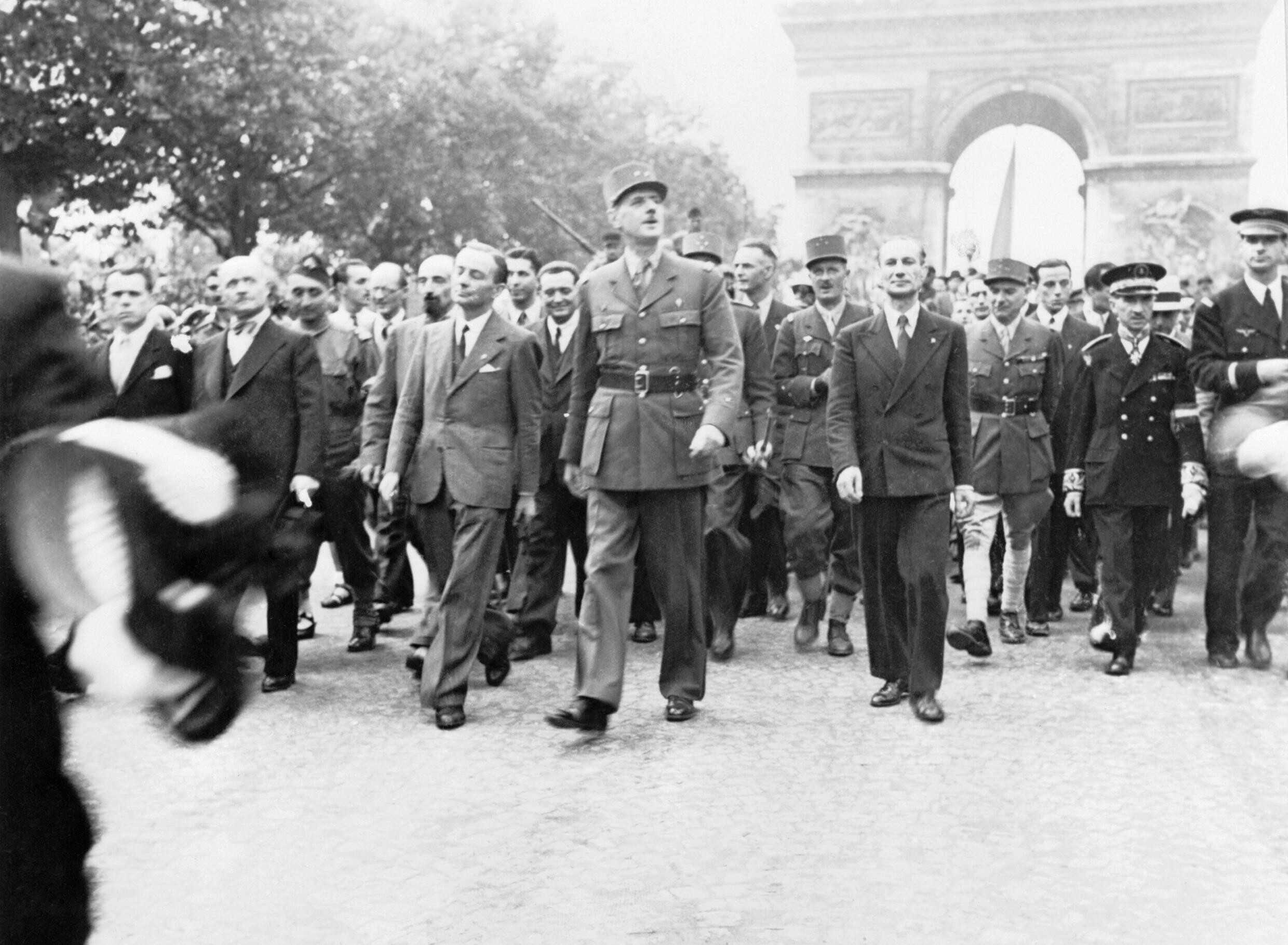 Unknown Author, Wikimedia Commons
Unknown Author, Wikimedia Commons
The Battle Of The Bulge Commences
The Battle of the Bulge was the final counter-offensive launched by the German Army on December 16, 1944. Intending to force the Allies to the negotiating table, the Battle of the Bulge took place in the dense forests of the Luxembourg/Belgian border. This final German push would last for almost a month, with the first week or so seeing heavy German victories. But eventually, Stalin's Russian troops began assaulting the Germans' eastern front, helping the Allies to inflict a final major defeat of the German Army.
The Russians Are Knocking At Hitler's Doorstep
The Russian Red Army reached Berlin on the 21st of April, 1945. There was intense house-to-house and hand-to-hand combat with the German resistance forces, although much of the German Army was fatigued, its force numbers depleted, and its remaining troopers untrained and disinterested in fighting. Within a week of entering the city, the Russians raised the flag of the Soviet Union over the Reichstag in Berlin, signifying the Soviet capture of the German capital.
 Yevgeny Khaldei, Wikimedia Commons
Yevgeny Khaldei, Wikimedia Commons
The Führer Dies
Upon learning that the Russians were closing in, Adolf Hitler ended his own life in his Führerbunker in the heart of Berlin, on April 30, 1945, bringing an end to a life responsible for incalculable suffering.
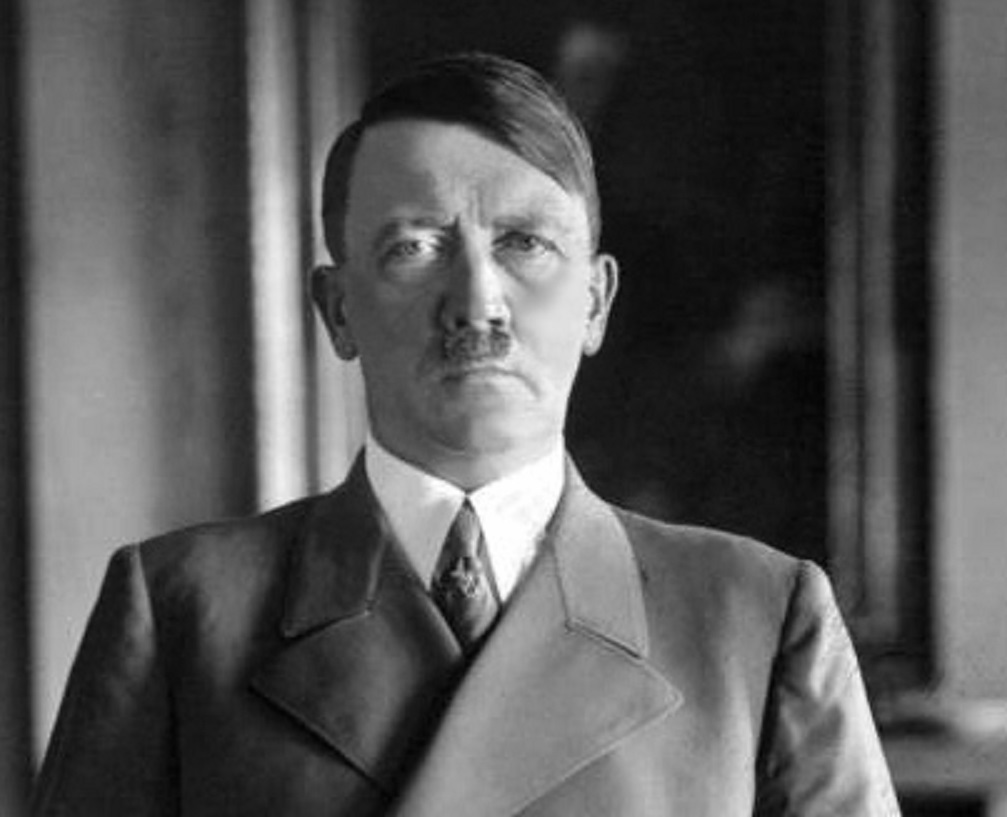 Bundesarchiv, CC BY-SA 3.0 DE, Wikimedia Commons
Bundesarchiv, CC BY-SA 3.0 DE, Wikimedia Commons
Germany's Unconditional Surrender
The last remnants of the German Army tried to hold out Berlin for a further seven days after Hitler's demise—the German High Command, only being in control of small sections of Germany, was left with only one choice: surrender.
 Lt. Moore (US Army), Wikimedia Commons
Lt. Moore (US Army), Wikimedia Commons
Victory In Europe Day
May 8, 1945 was declared Victory In Europe Day, or VE-Day—it is still observed as a national holiday in much of Europe today. The European theater of war in WWII was officially over.
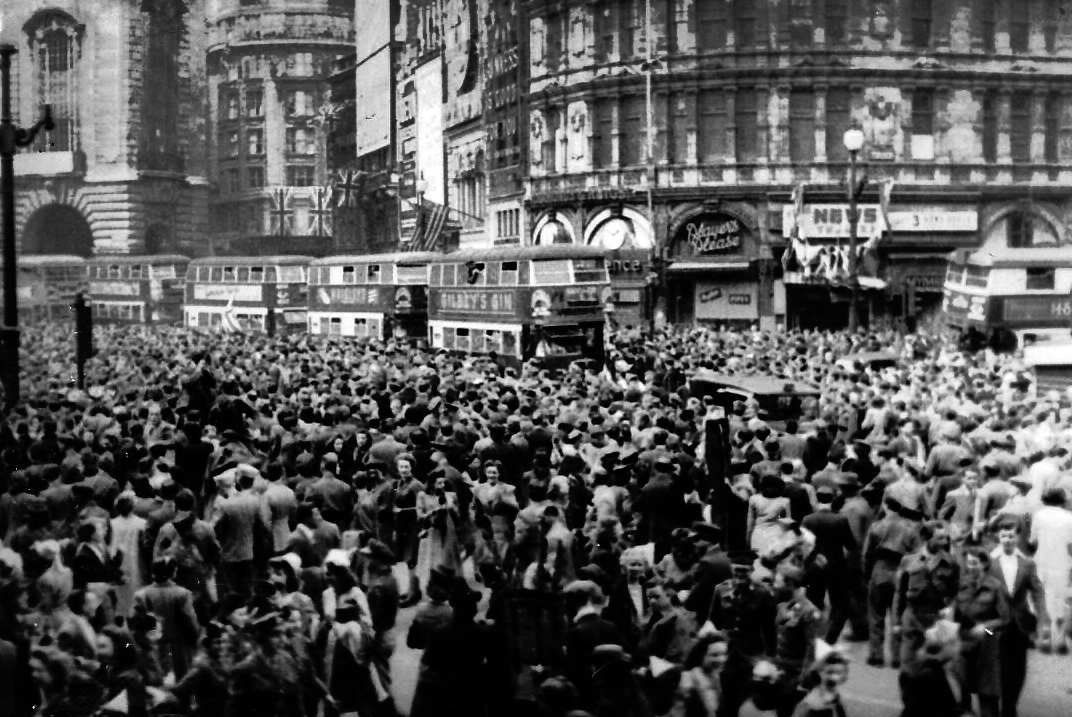 Mrjspence, CC BY-SA 3.0, Wikimedia Commons
Mrjspence, CC BY-SA 3.0, Wikimedia Commons
The United States Tests An Atomic Bomb
Although conflict in Europe may have been over, the Japanese-American War in the Pacific Theater was very much not. As a way to end the conflict, the United States sought to use atomic weapons for the first time in human history. It tested the first atomic bomb it had created as part of the Manhattan Project on July 16, 1945 at Los Alamos, New Mexico.
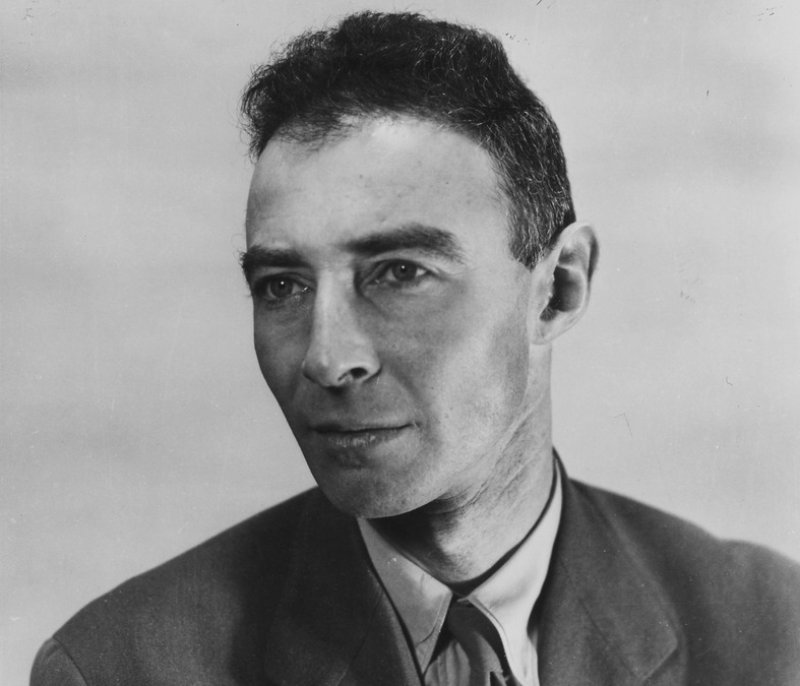 National Archives at College Park, Wikimedia Commons
National Archives at College Park, Wikimedia Commons
The Atomic Bombs Are Dropped
After months of testing and failed negotiations with Japan, the United States dropped two atomic bombs on Japan: one on Hiroshima—codenamed "Little Boy"—on August 6, 1945, the second on Nagasaki three days later, codenamed "Fat Man". The latter was the largest of the two bombs, delivering a yield of 21 kilotons. It is estimated that 250,000 people perished in the bombings.
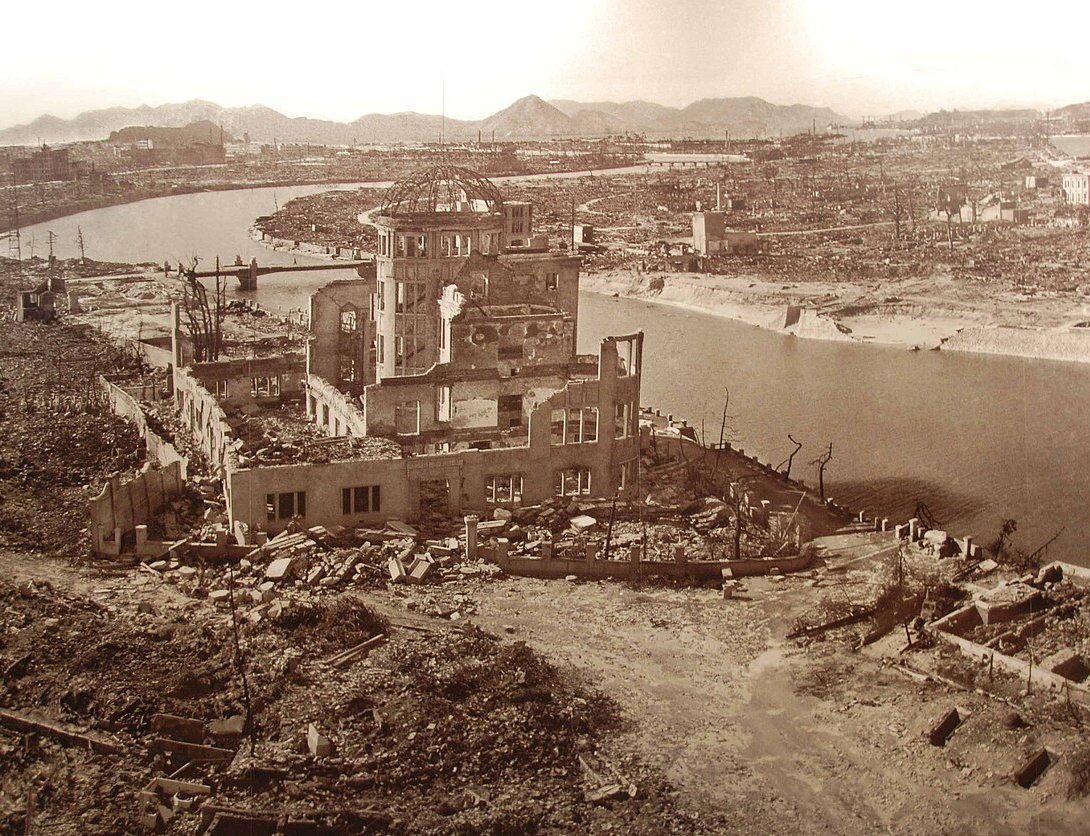 Maarten Heerlien, CC BY-SA 2.0, Wikimedia Commons
Maarten Heerlien, CC BY-SA 2.0, Wikimedia Commons
The Japanese Surrender
On August 15, 1945, Japanese Emperor Hirohito announced the surrender of the Japanese to the Americans. On September 2nd, the surrender was formally signed and the Pacific Theater of WWII came to a close, ending the entire conflict.
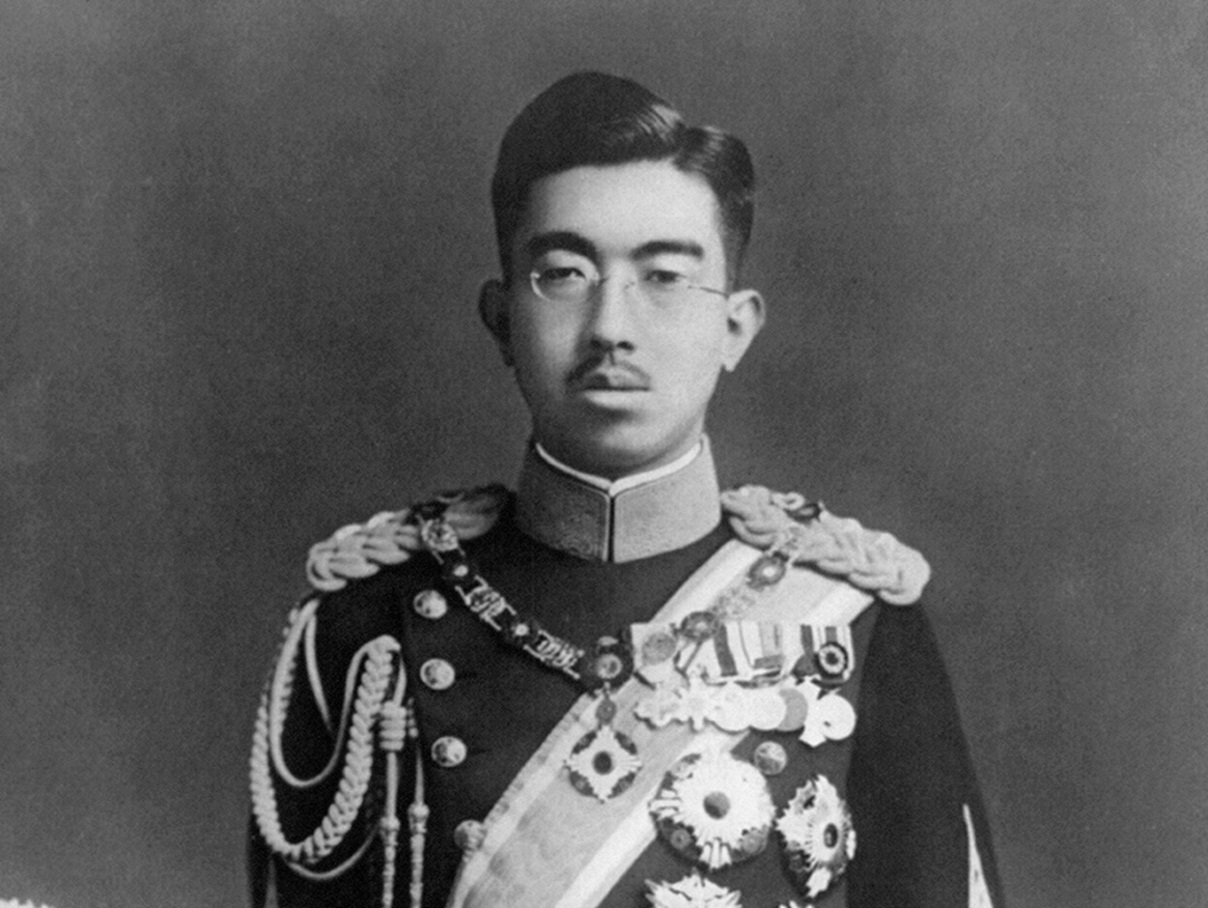 Unknown Author, Wikimedia Commons
Unknown Author, Wikimedia Commons
Sophie Scholl And The White Rose
Sophie Scholl was a student and political activist in Nazi Germany throughout the 1930s. Her father, Robert Scholl, was a liberal politician and fervent Nazi critic. Sophie's brother, Hans, founded the White Rose resistance movement in 1940, distributing anti-Nazi leaflets on campus at the University of Munich. She was spotted doing this one morning by a university maintenance worker—a self-avowed member of the Nazi Party.
After being arrested and tried by the Gestapo, along with her brother, Sophie was sentenced to execution by beheading. They were both beheaded by guillotine in the evening of the 22nd of February, 1943. Her last words are disputed, although among them are: " How can we expect righteousness to prevail when there is hardly anyone willing to give himself up individually to a righteous cause... It is such a splendid sunny day, and I have to go".



